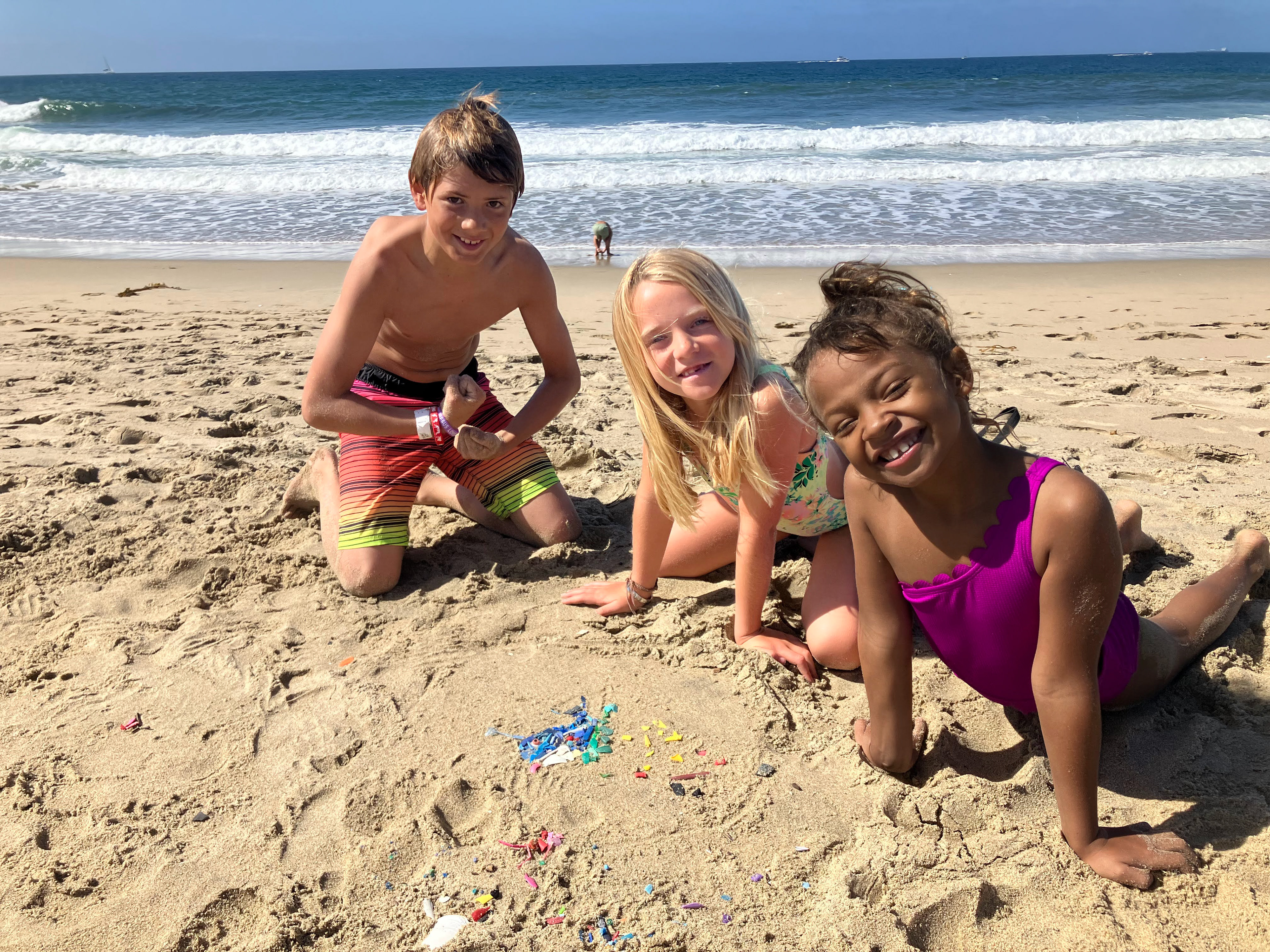I built his image entirely from the parts, packaging and paper towels we used to replace our car's disk brakes!
That's what I mean by Found Art. It's using the stuff that's all around us to make pictures of something else.
Here's my story about Found Art...
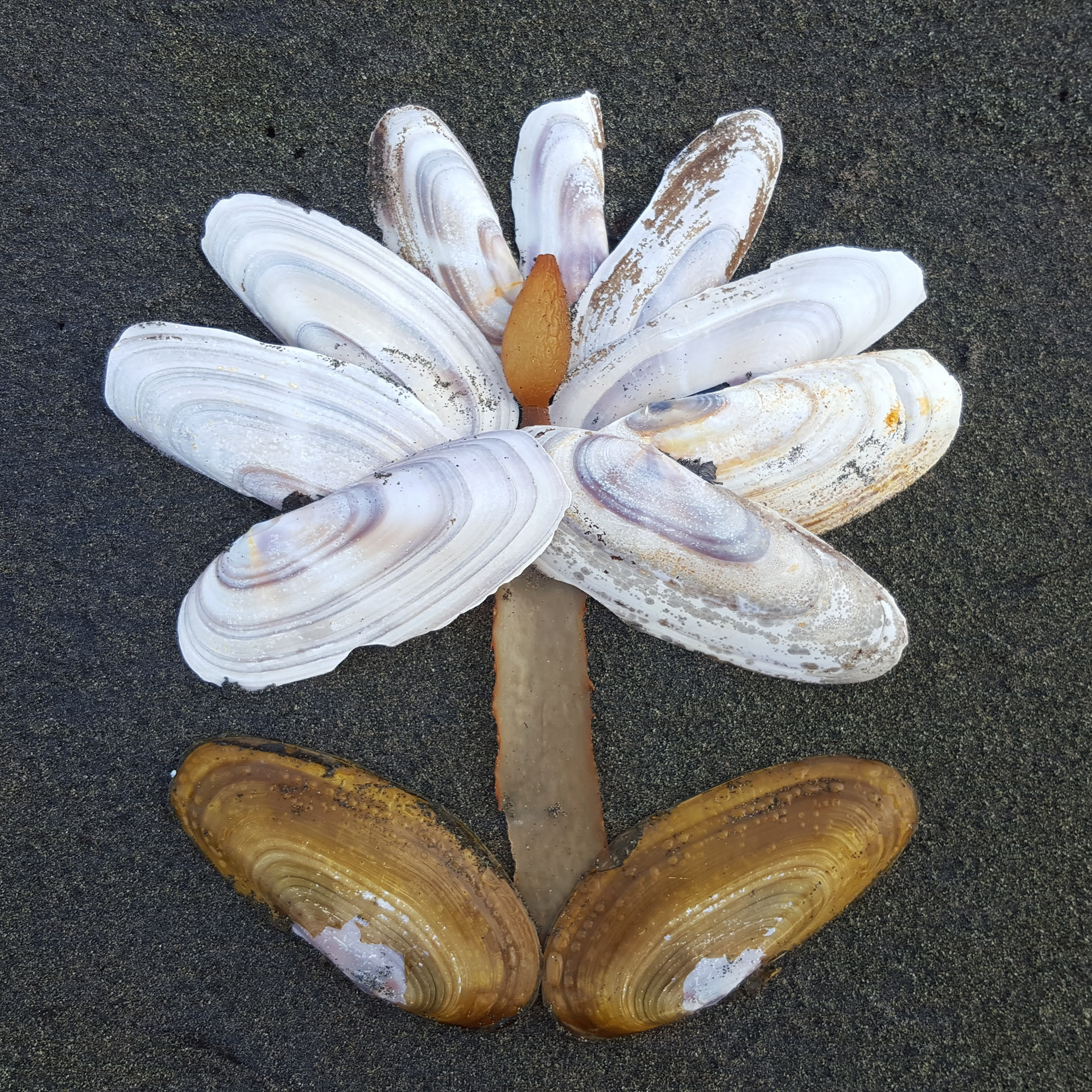
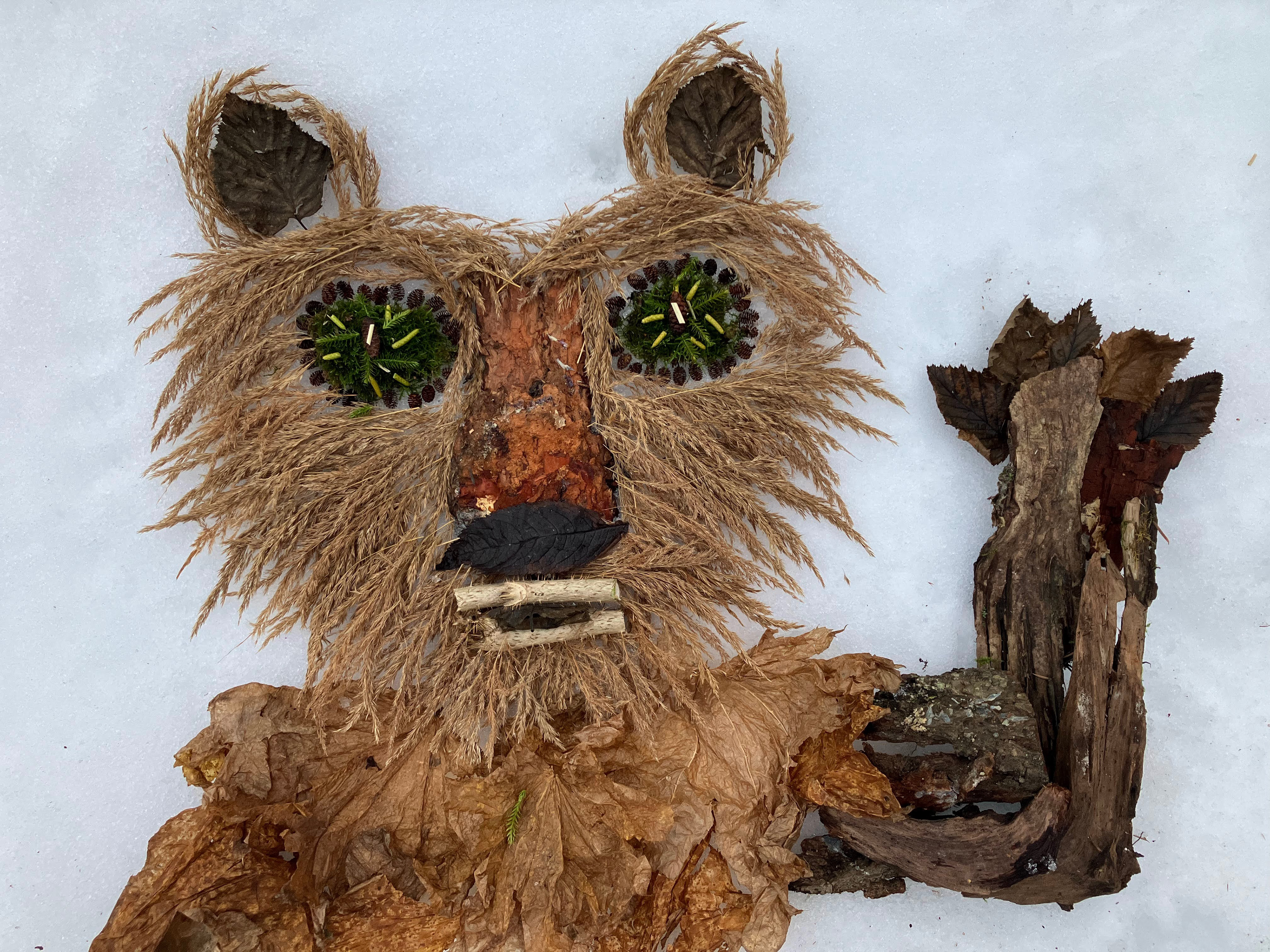
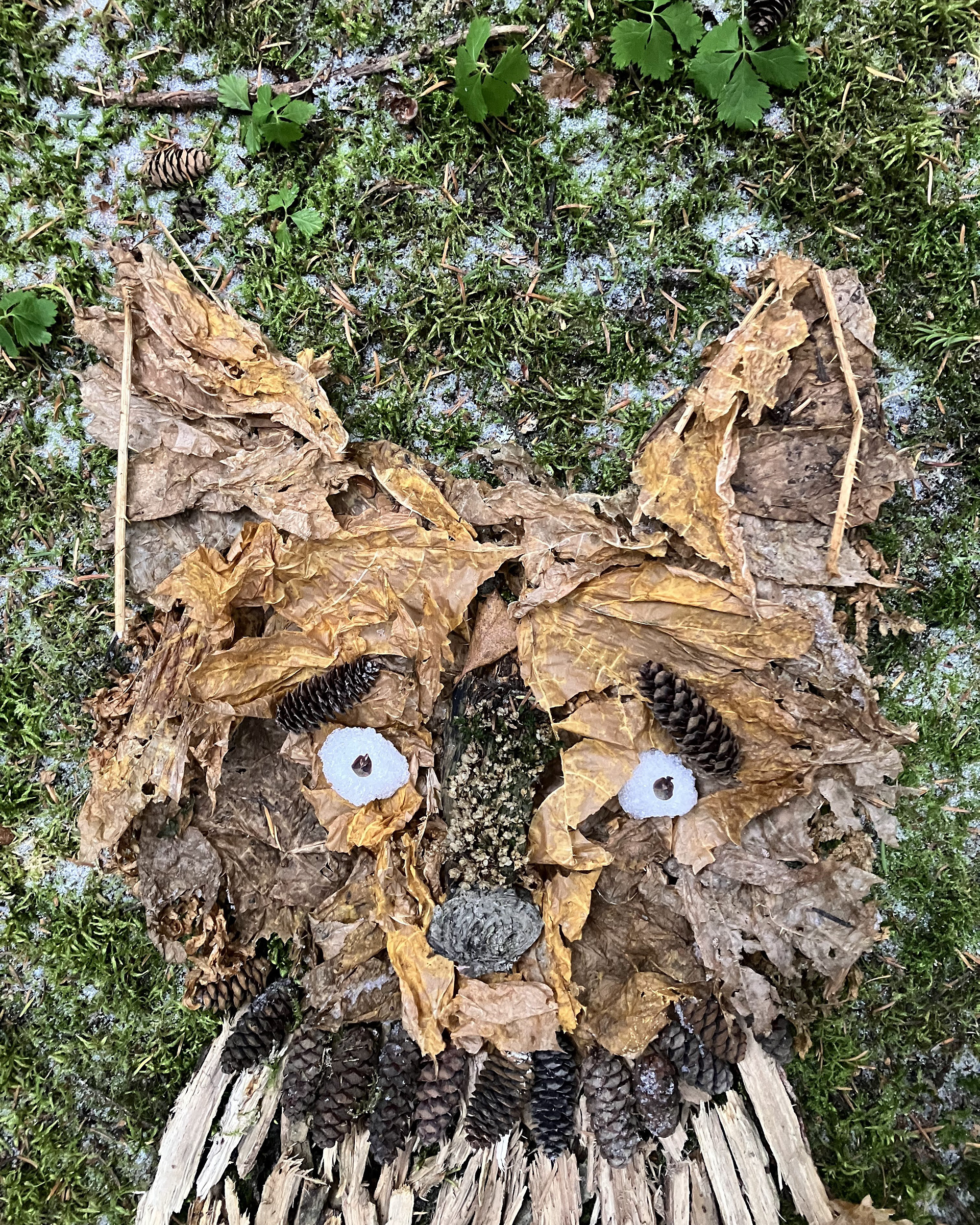
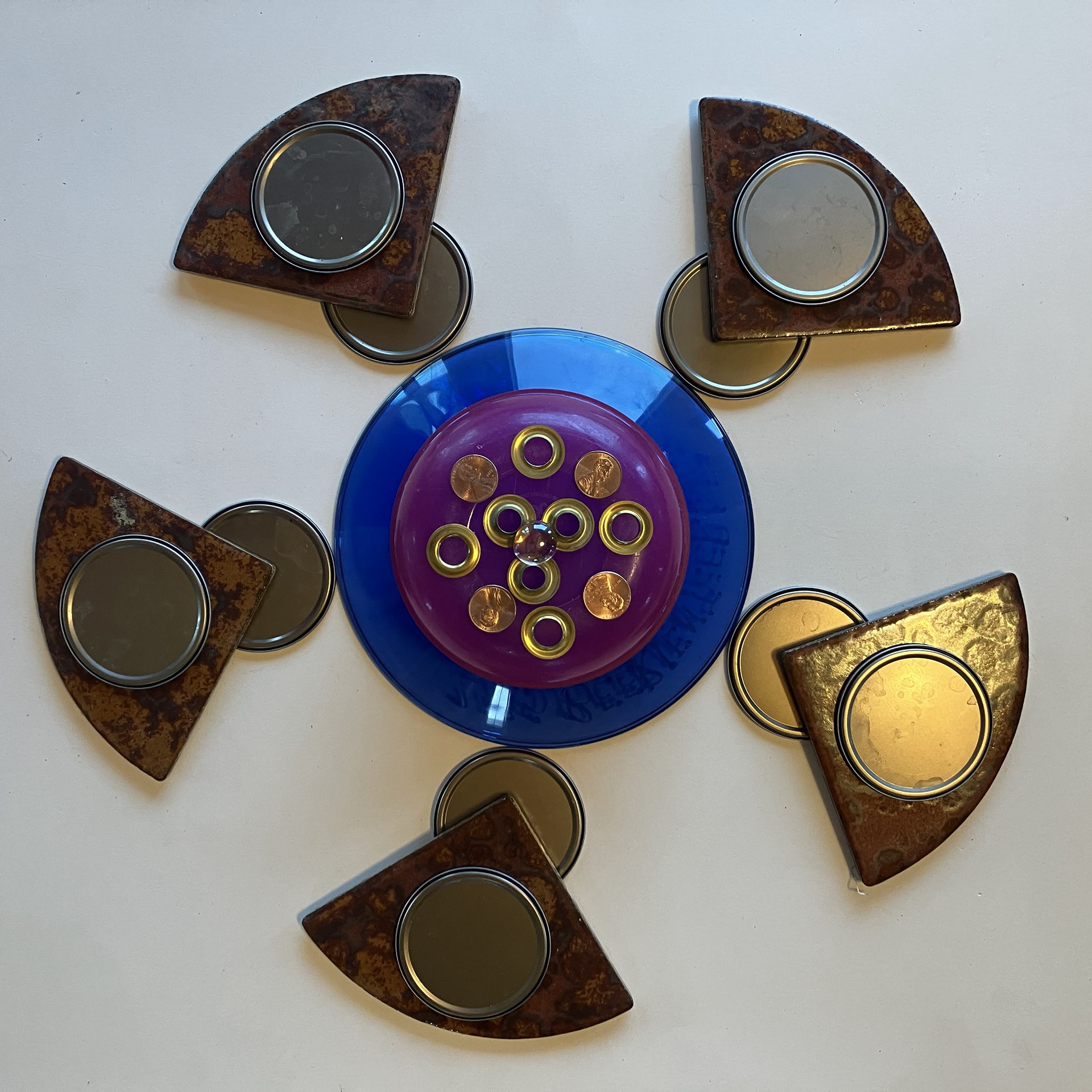
exploring radial symmetry
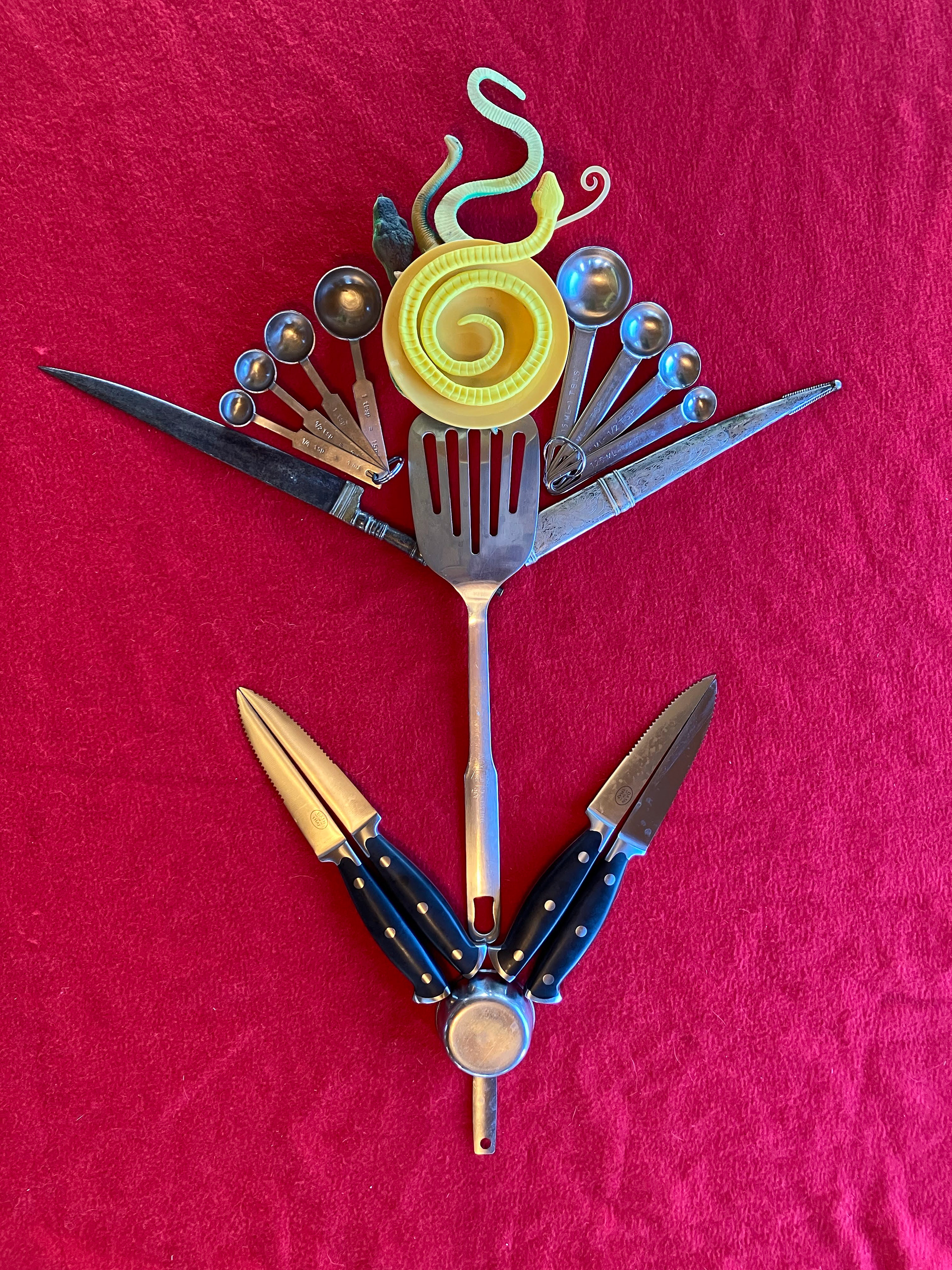
exploring axial symmetry
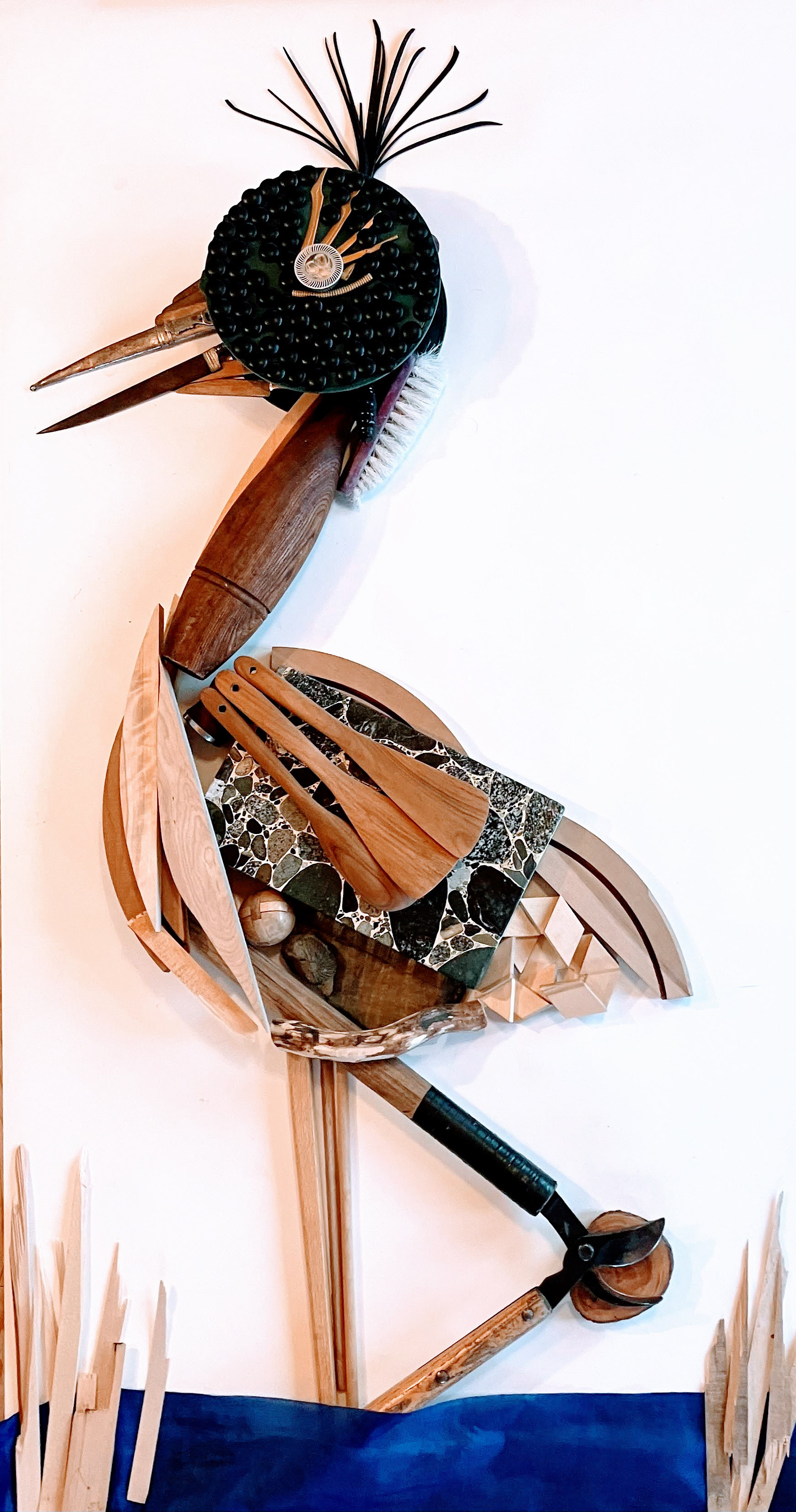
asymmetry
In 2024, California's Coastal Corridor Alliance asked me to design a plan for a series of outreach events in Orange County Parks which would culminate in an art show at a local gallery. I chose Found Art as our medium so we could combine the group's on-going beach clean-up with some pop-up art workshops for the community.
The pelican above is an assemblage I created here in Alaska to use as an example of Found Art in the grant proposal we wrote for the project. I wanted to show how everyday objects could be arranged to create images of local birds, animals, and insects.
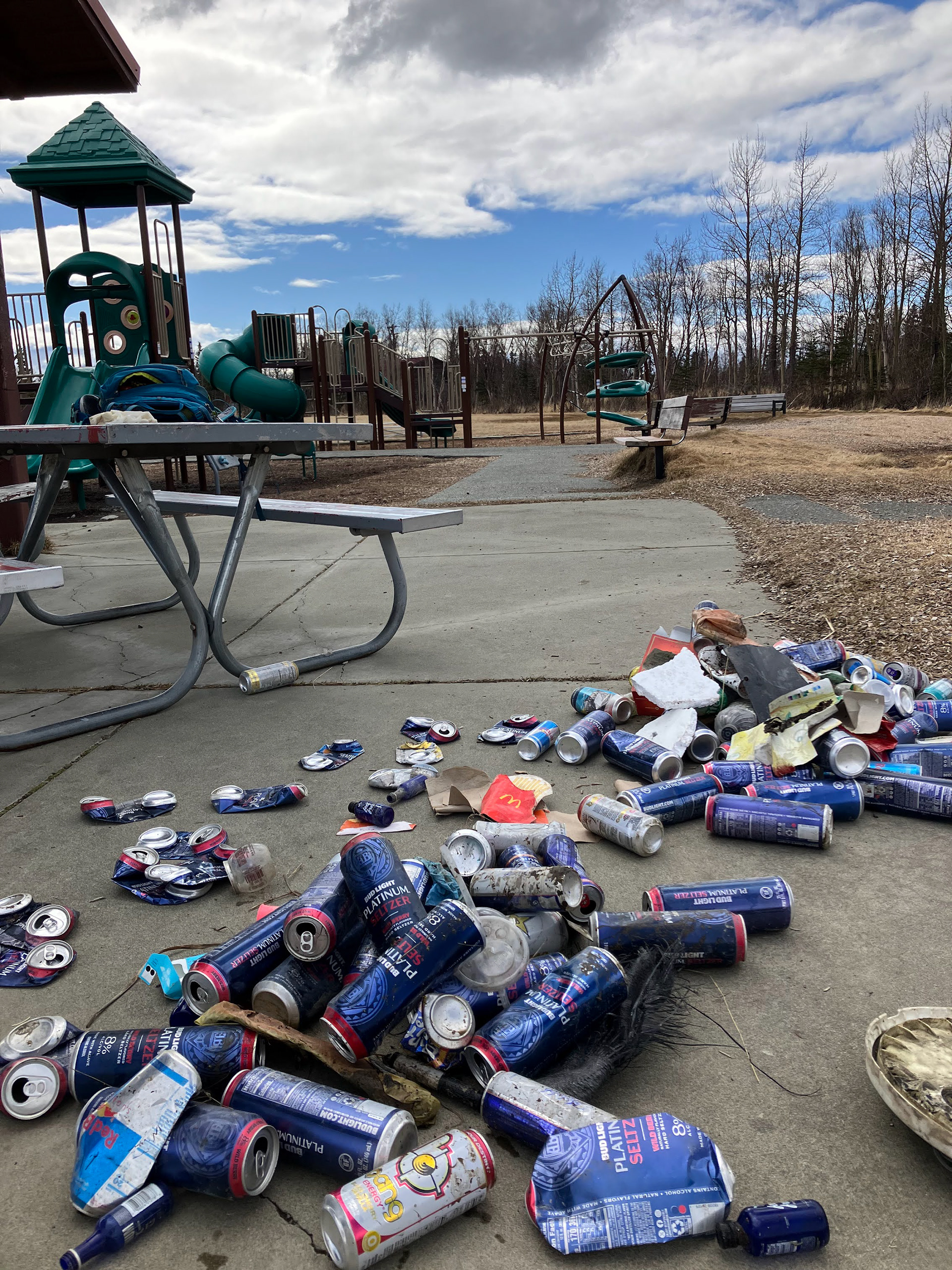
Litter collected along Clarks Road.
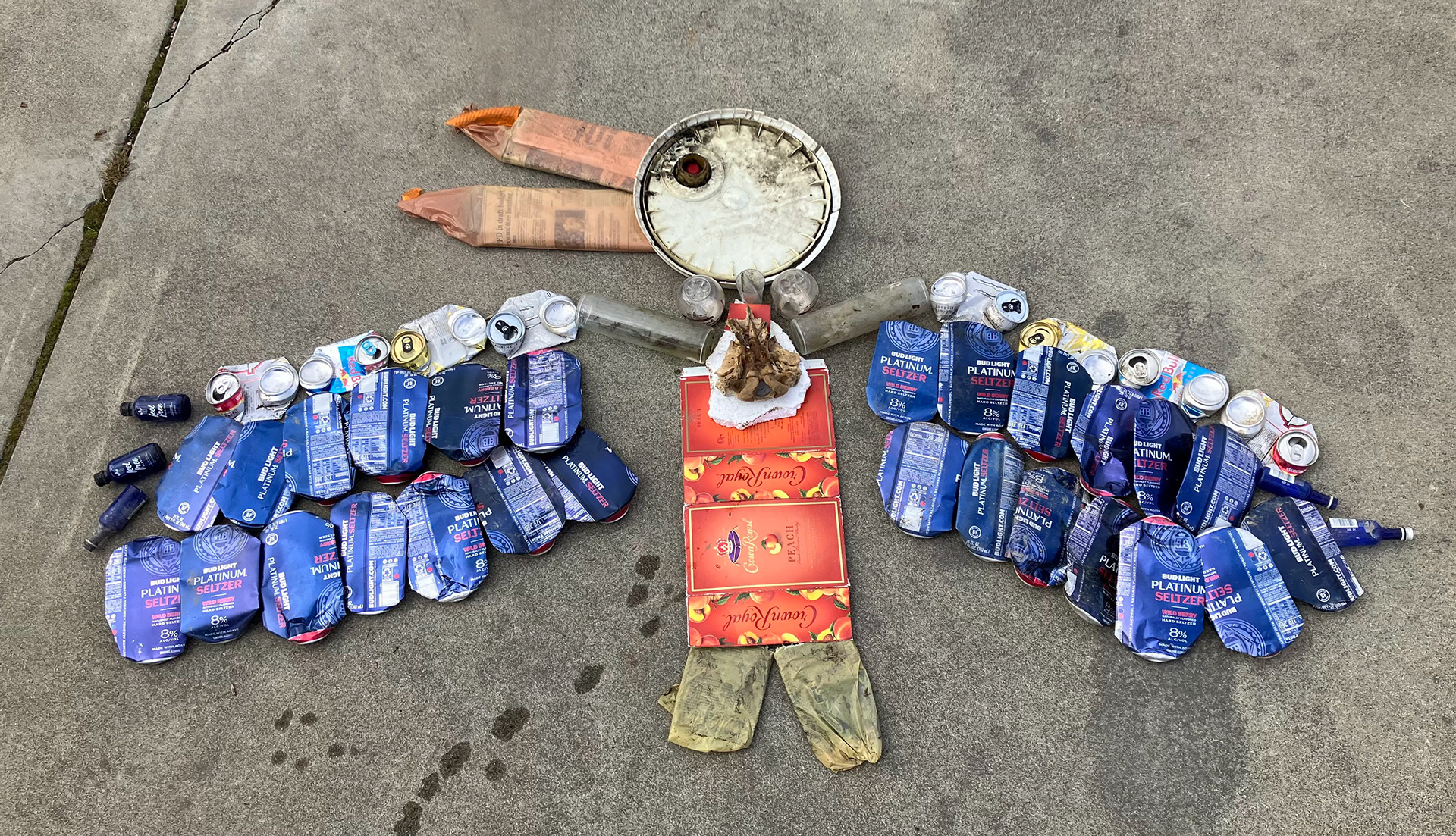
Storck Park Eagle image despite building wind
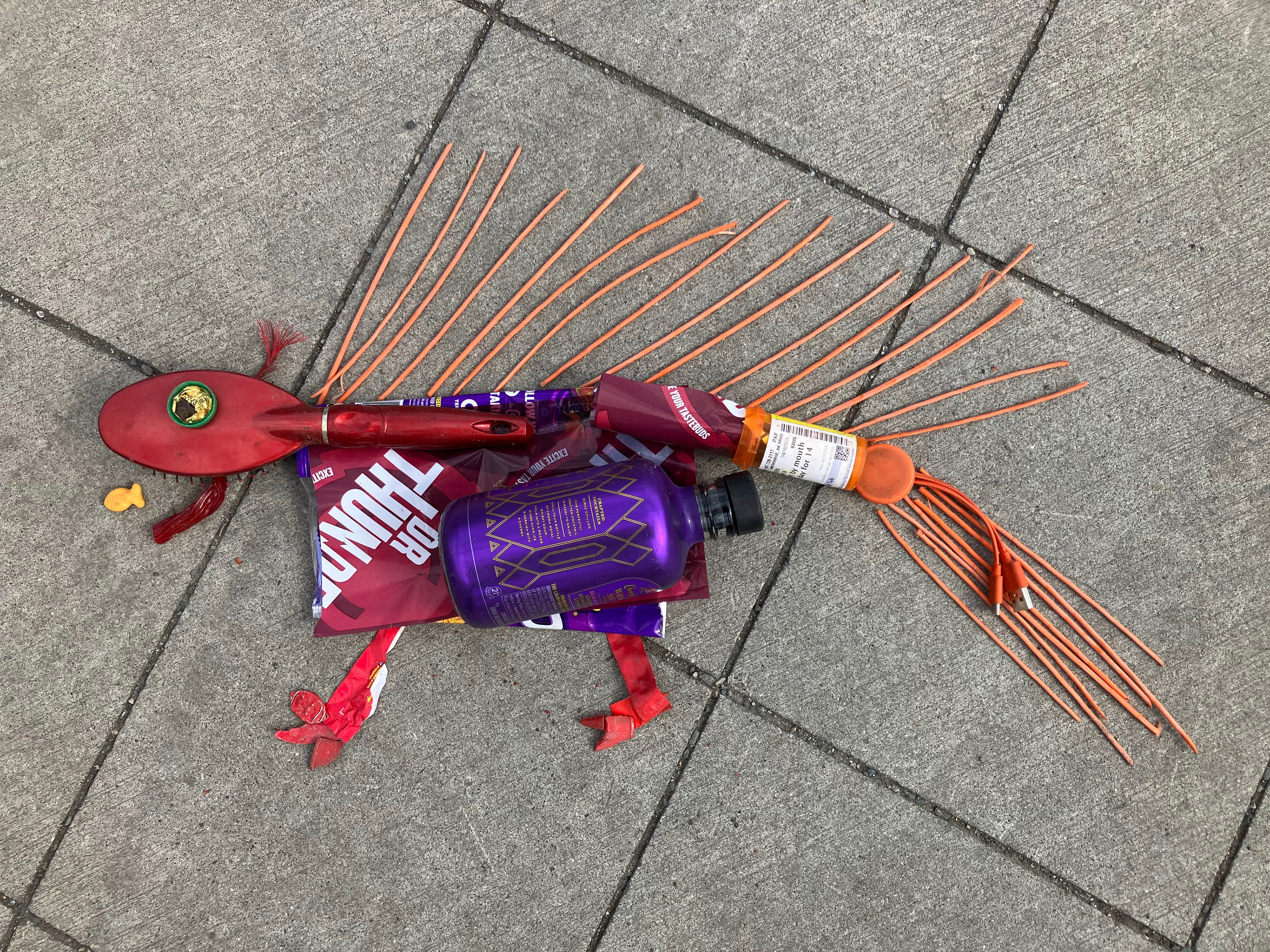
little dragon in Town Square
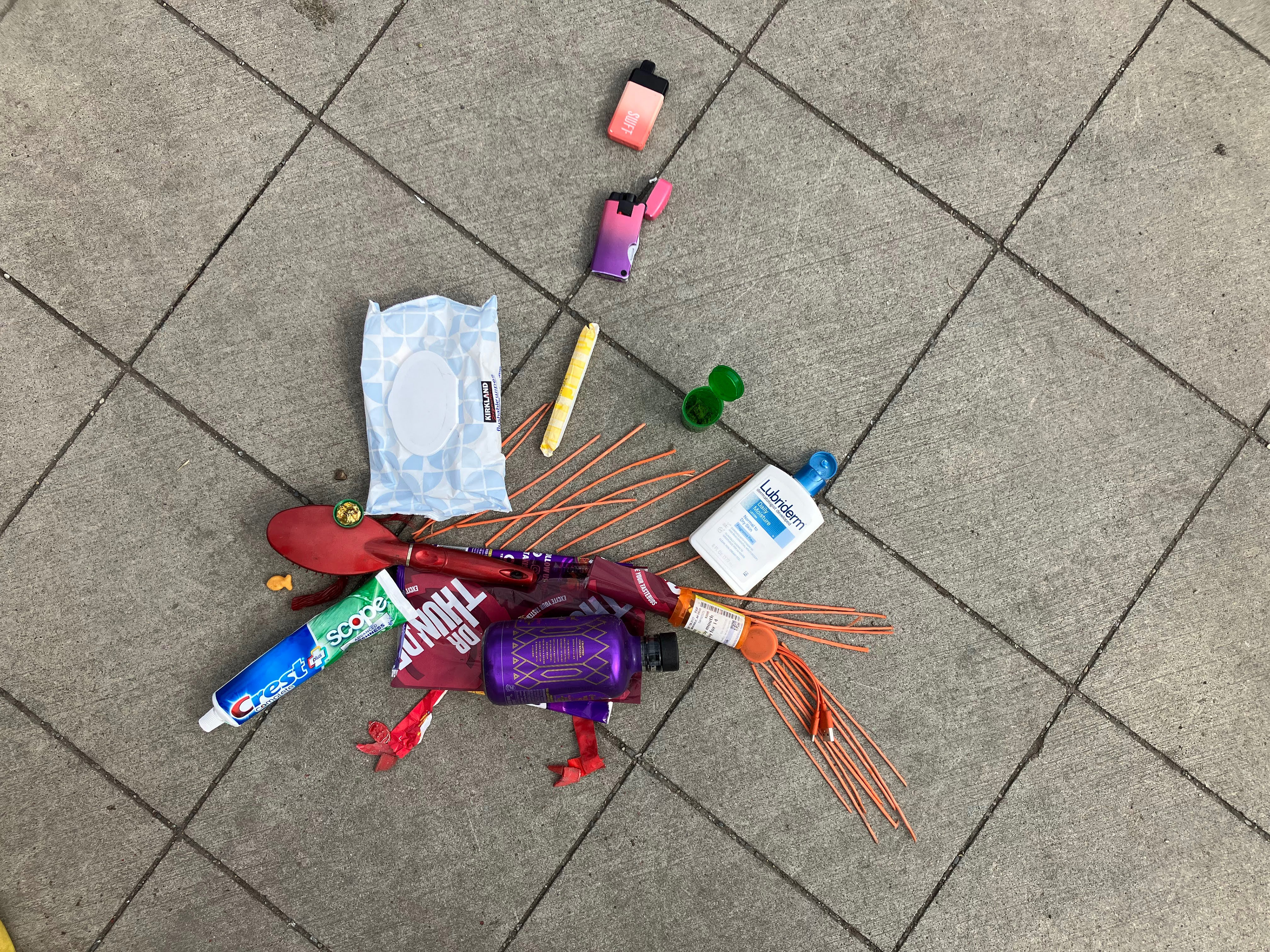
first attempt at collaboration
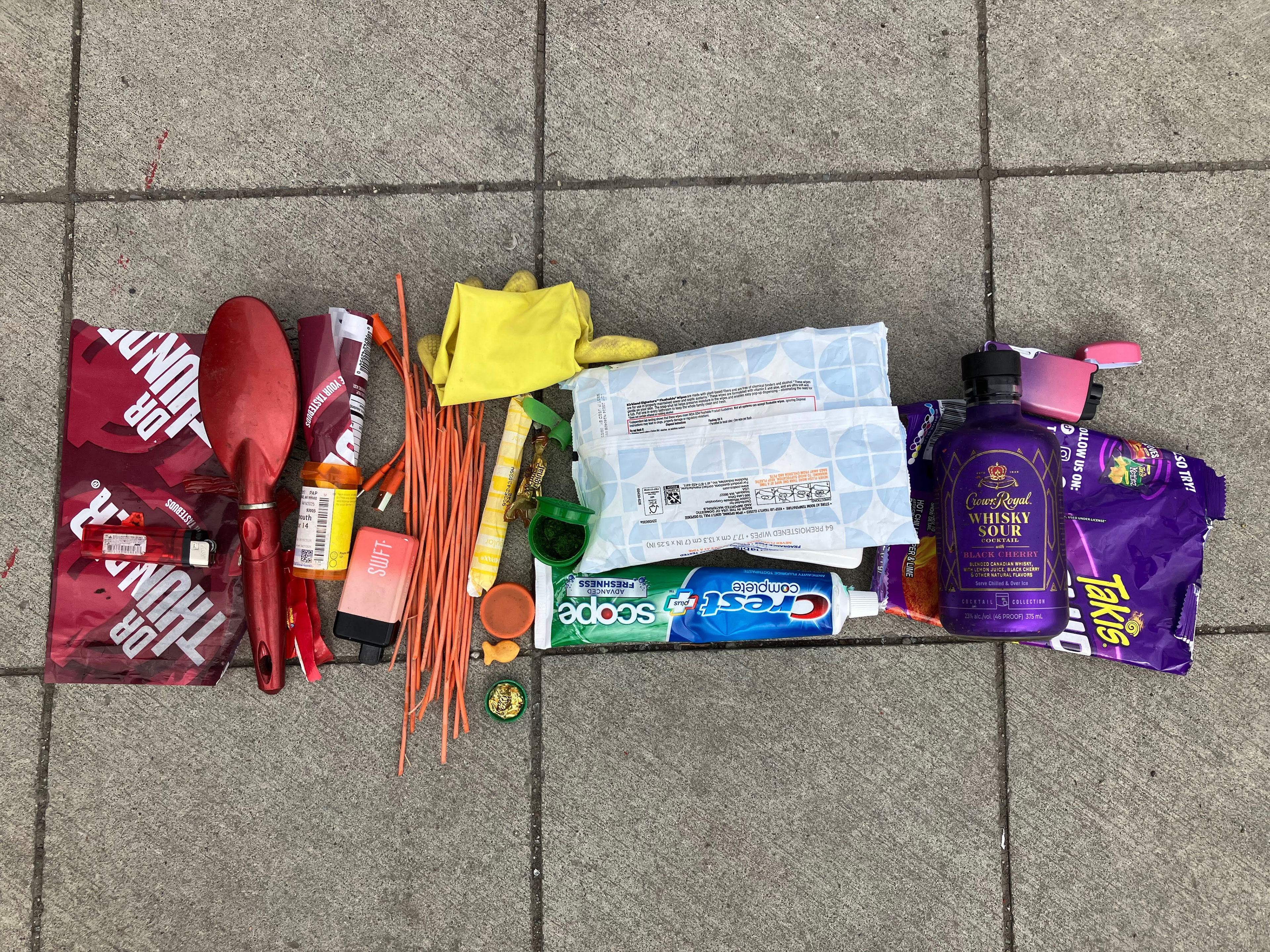
collaborative rainbow
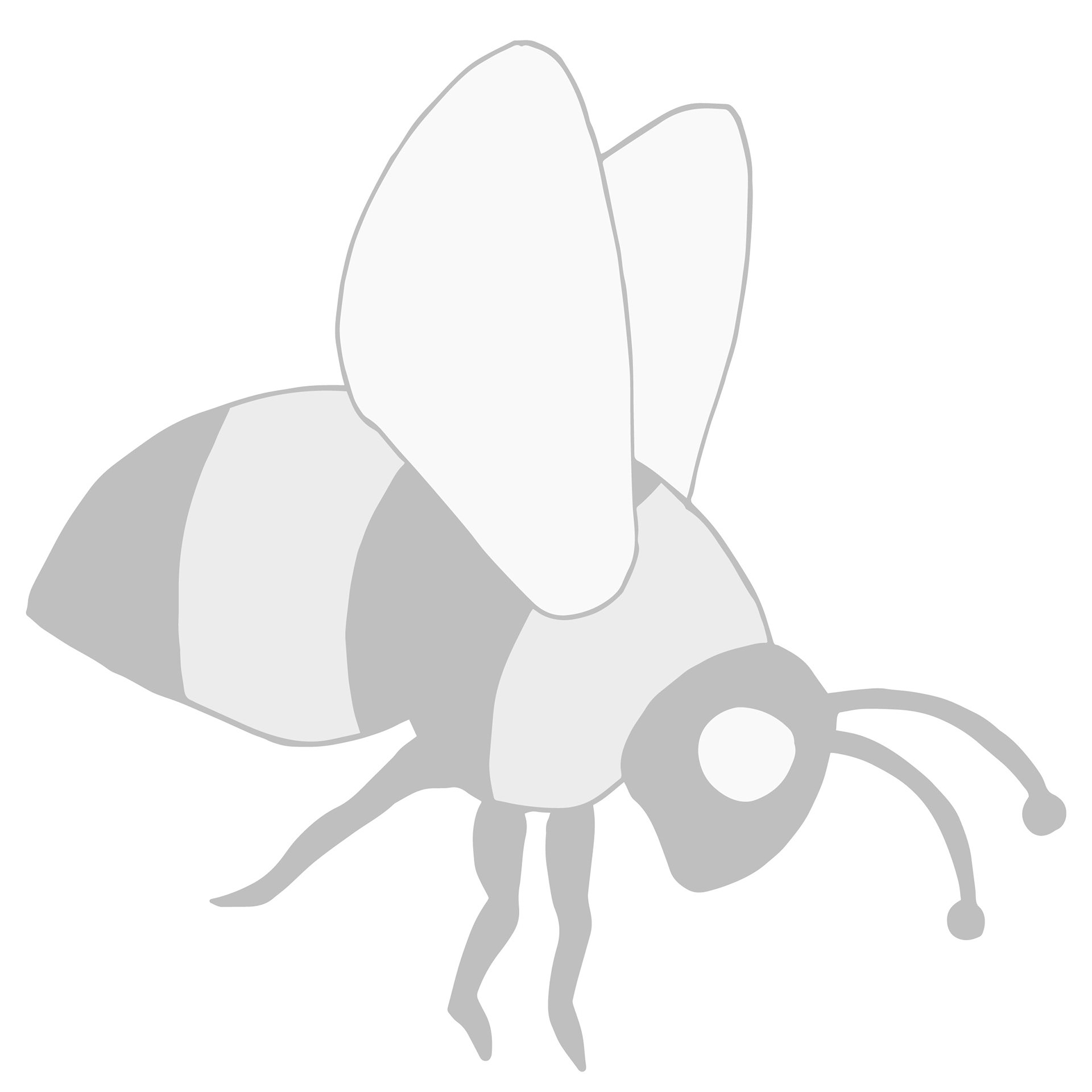
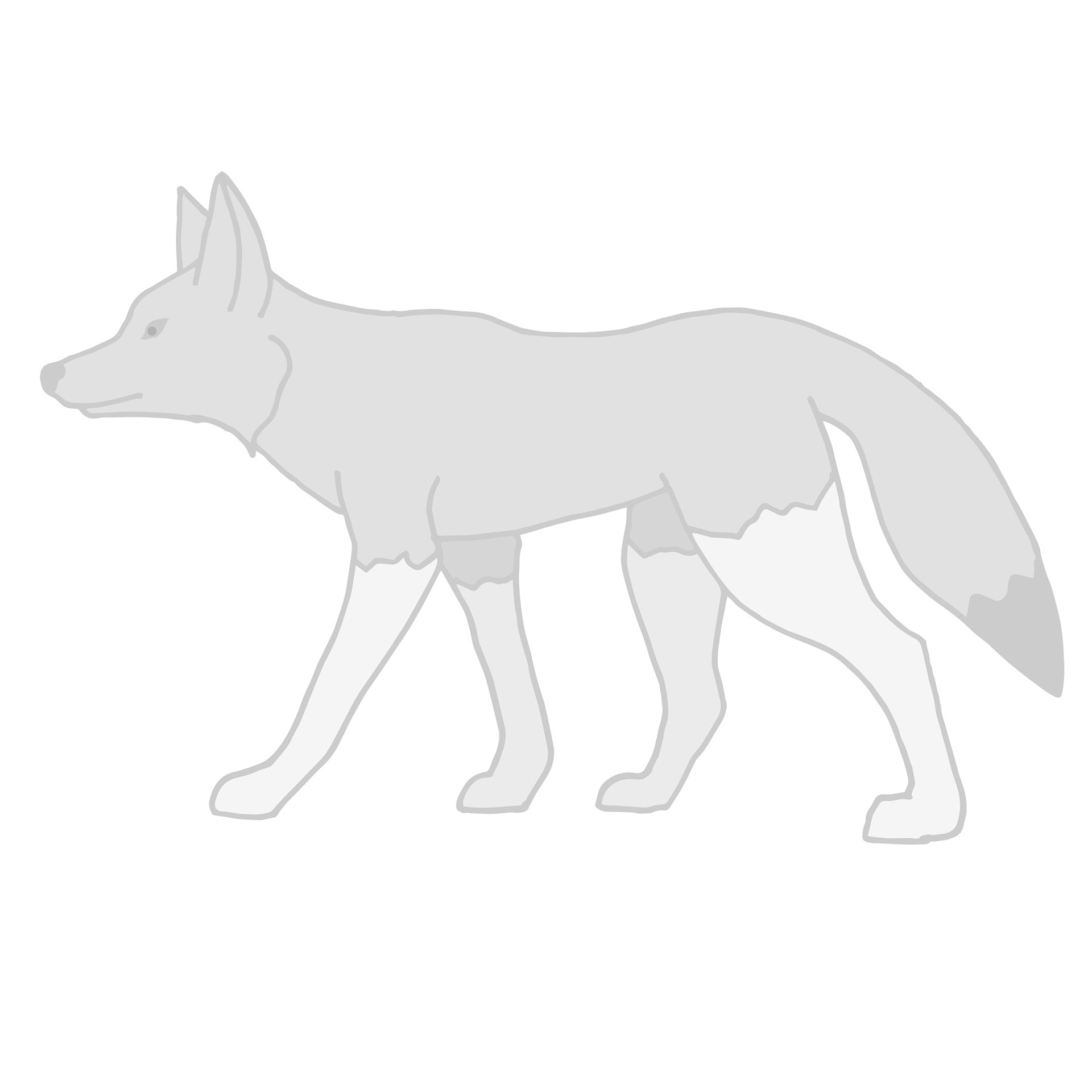
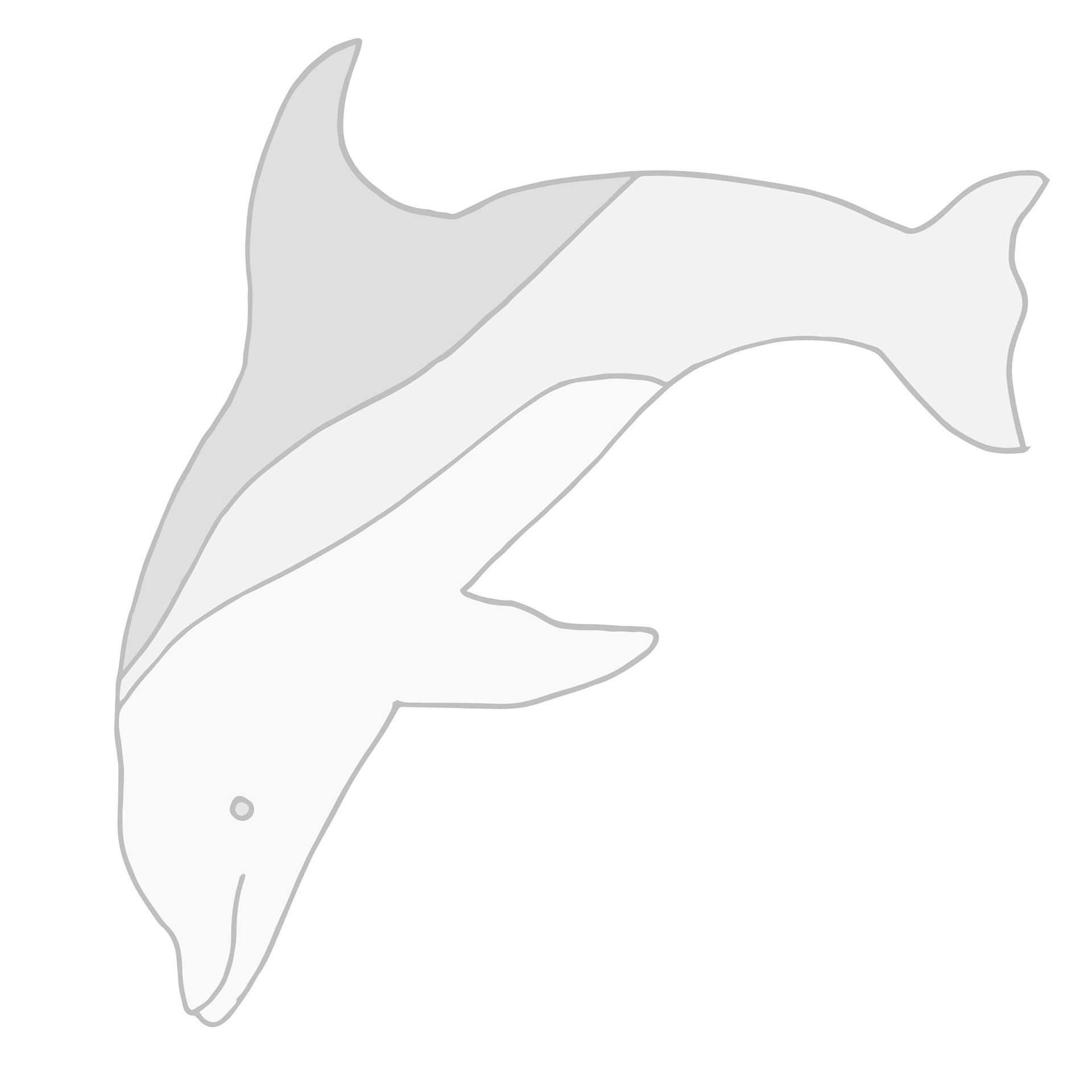
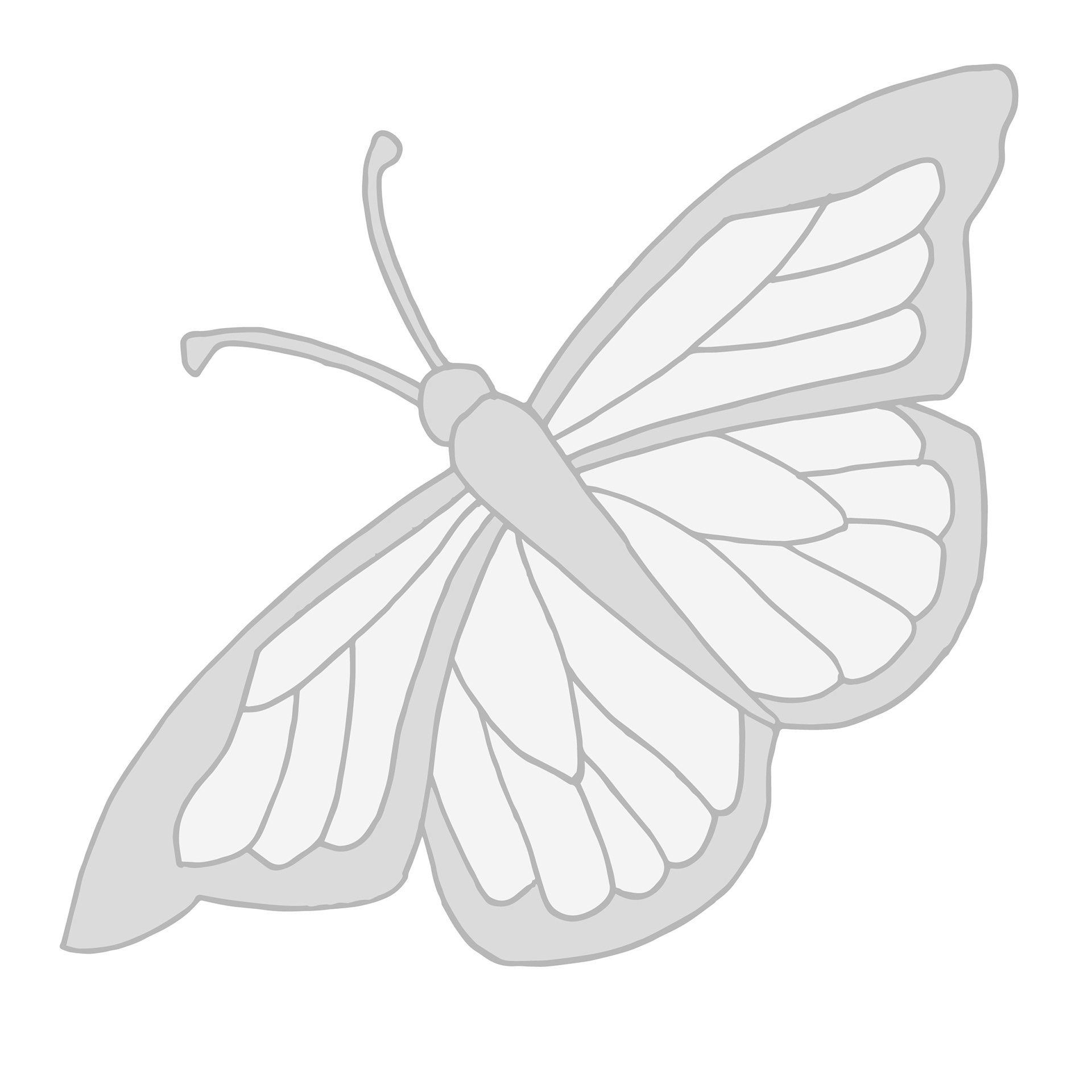
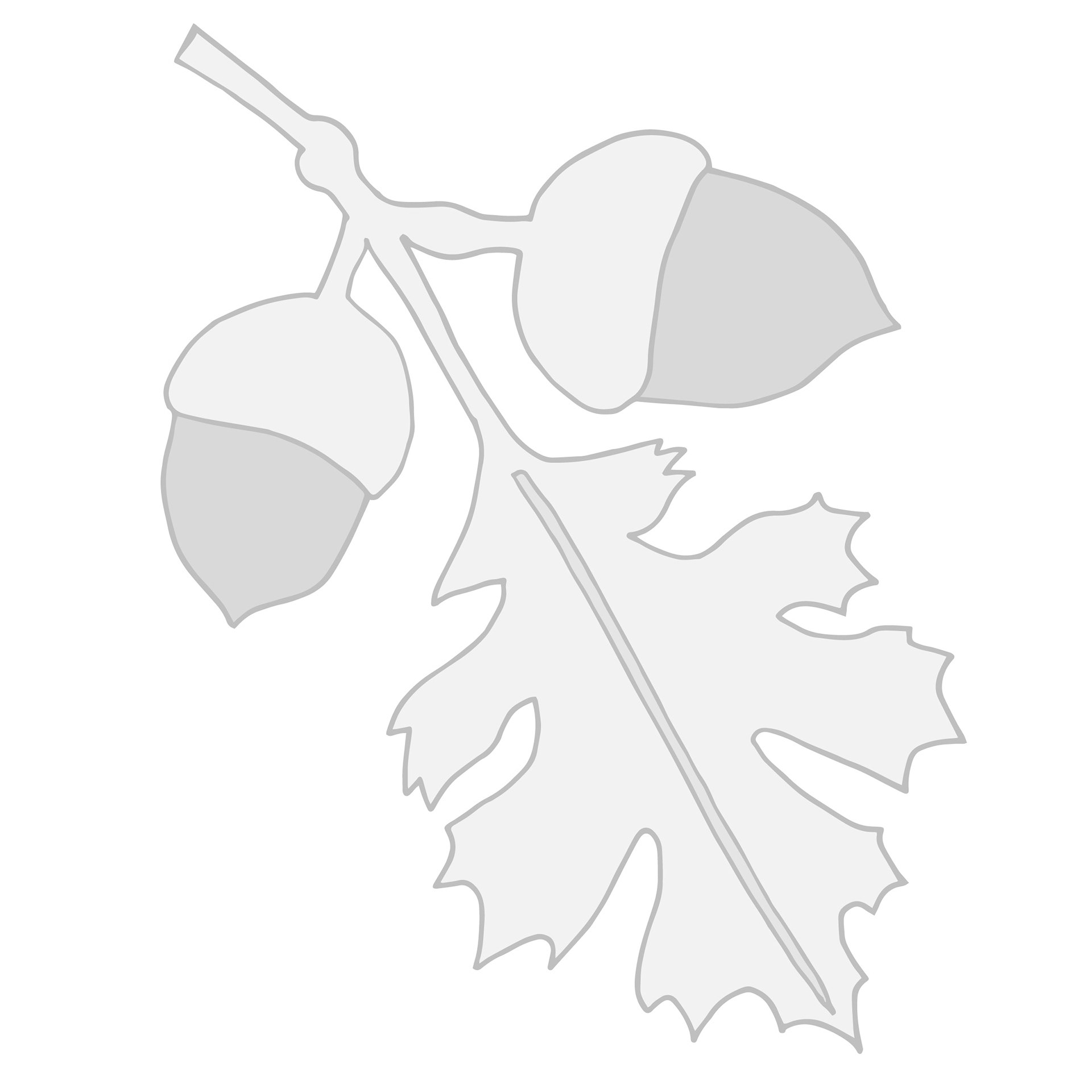

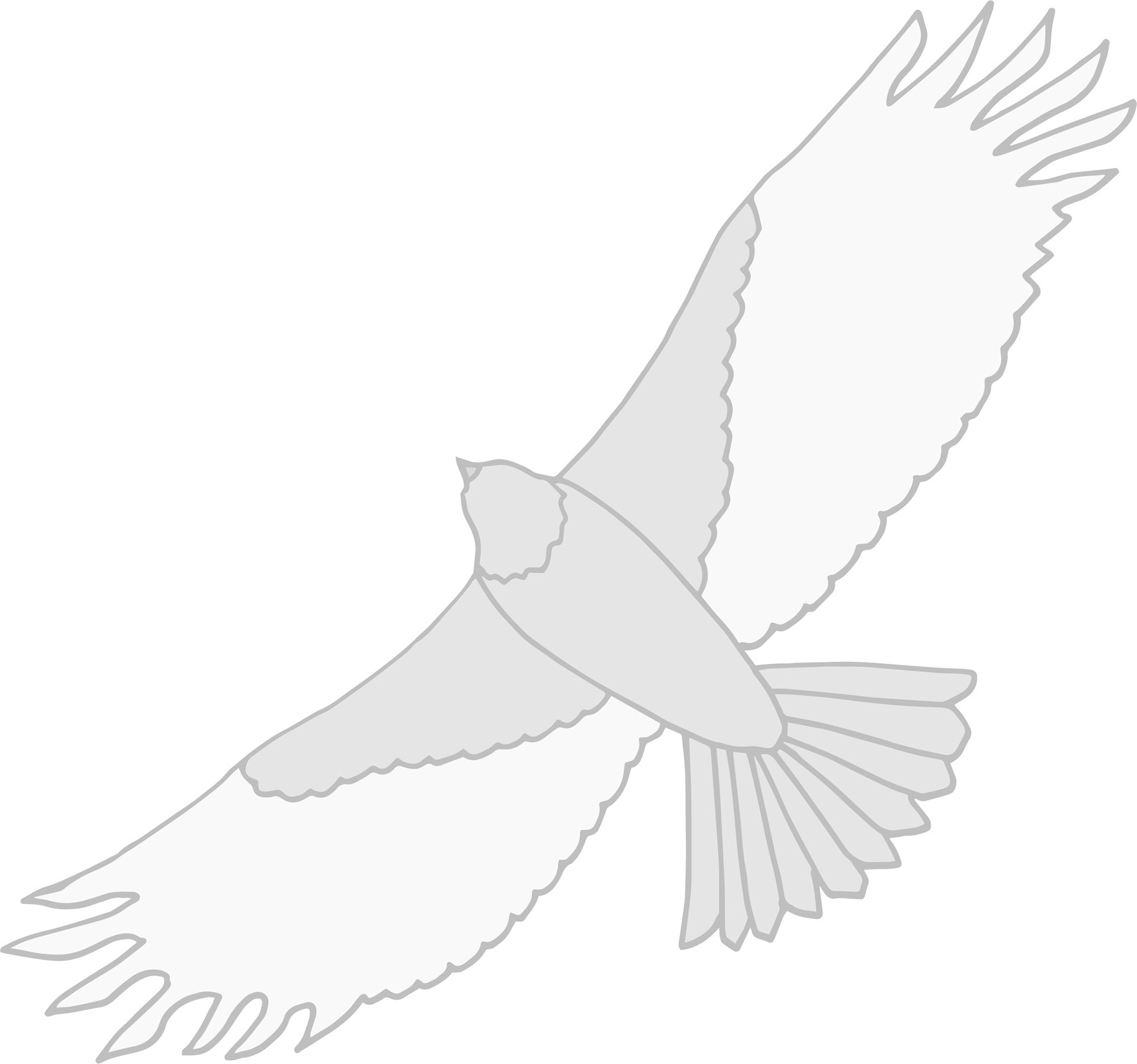
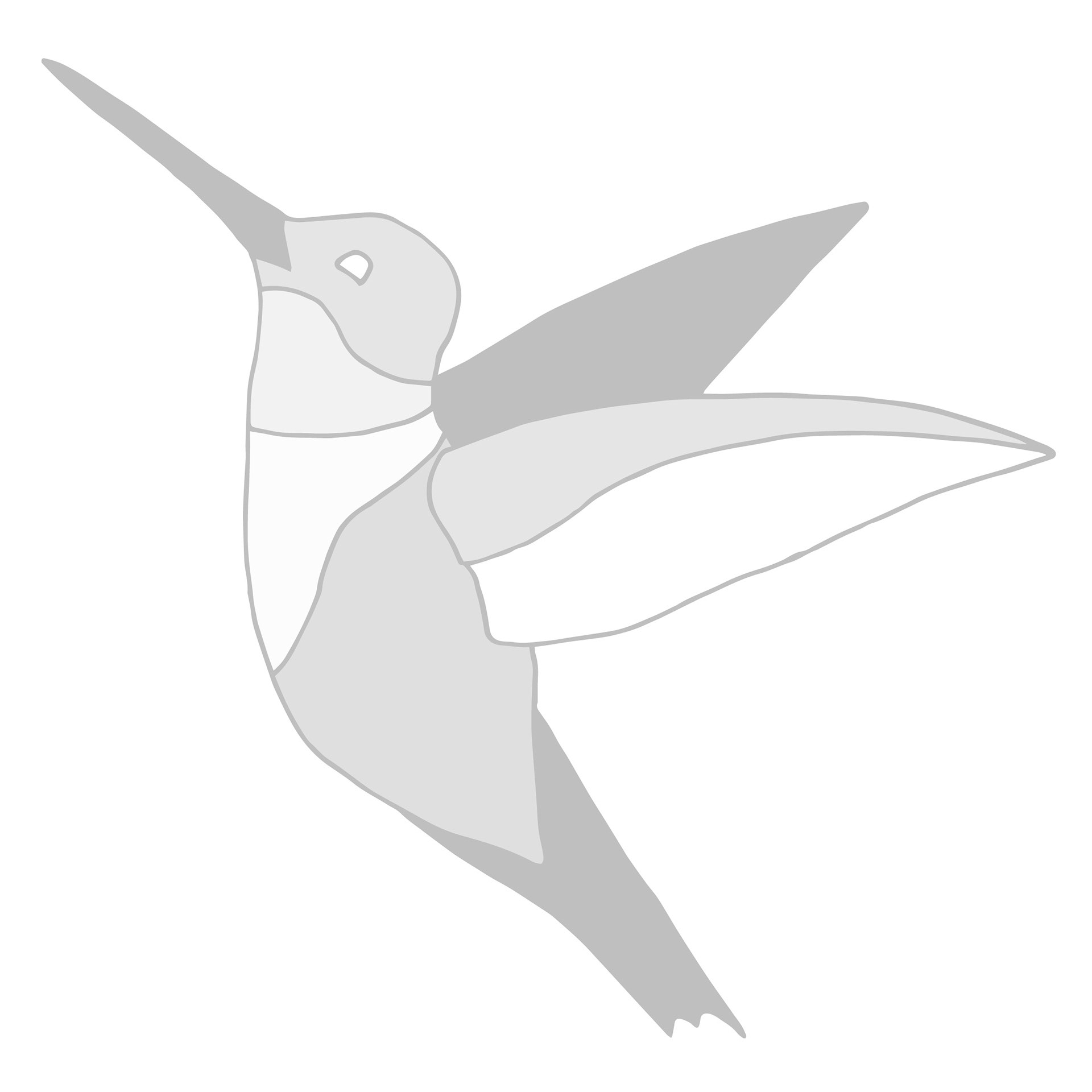
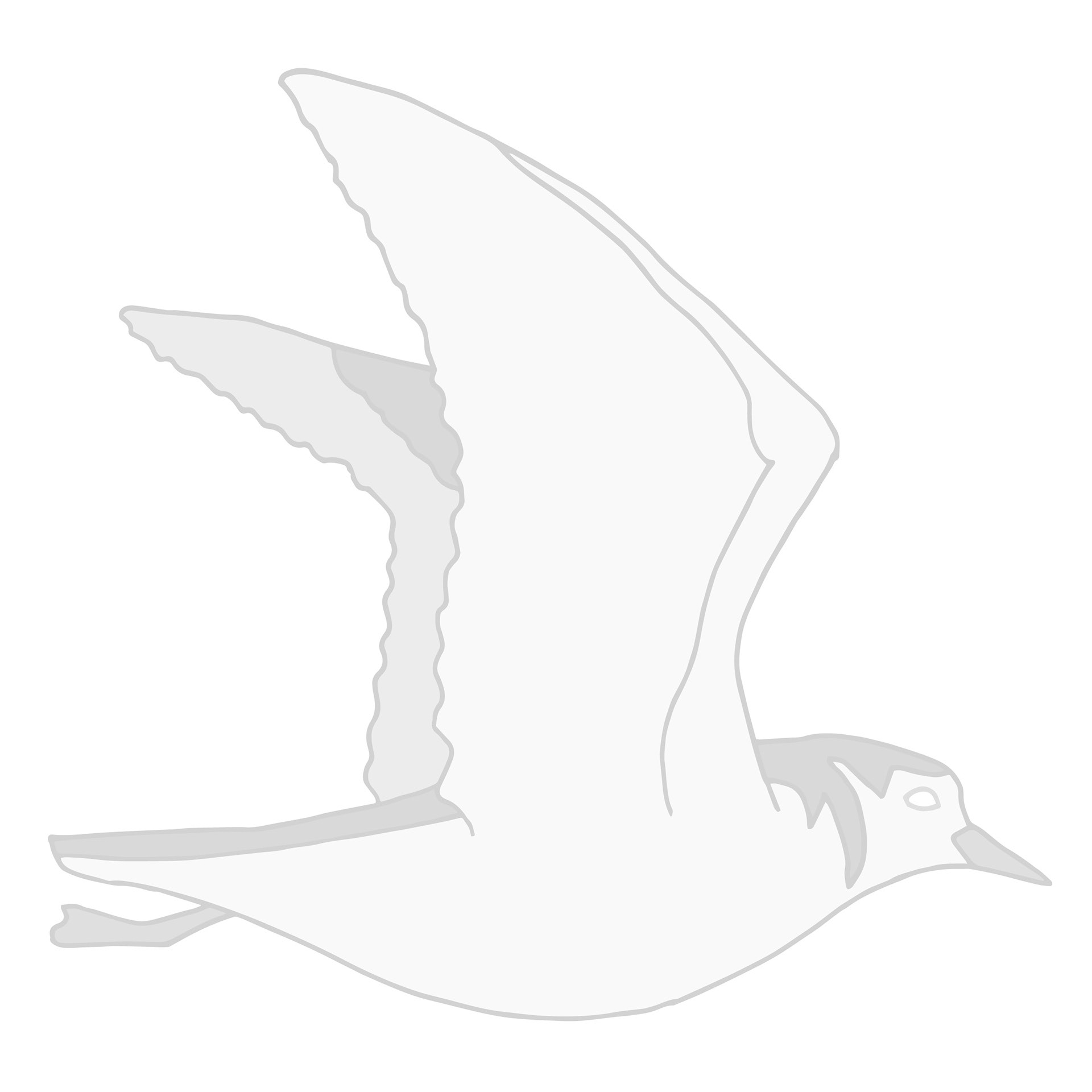
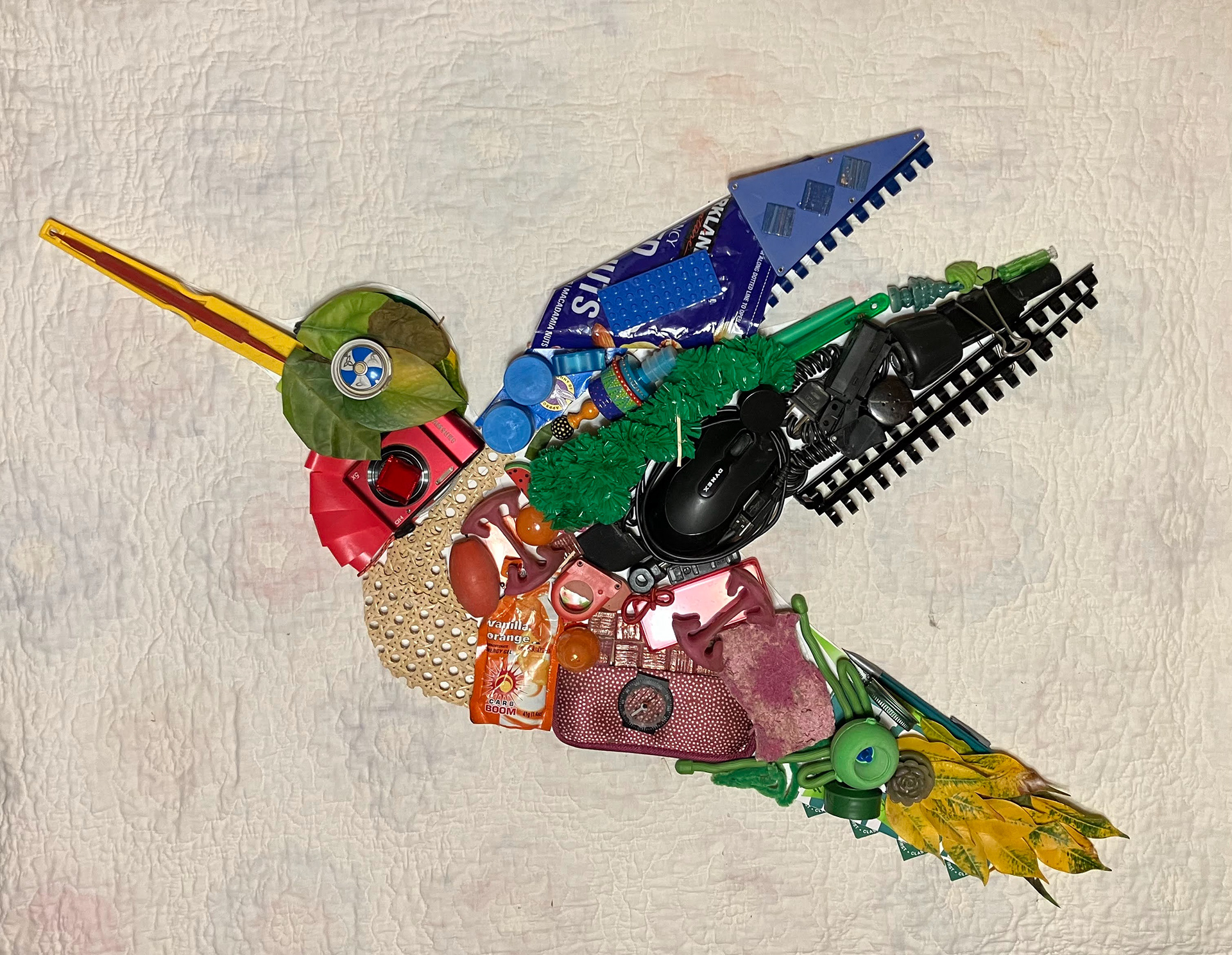
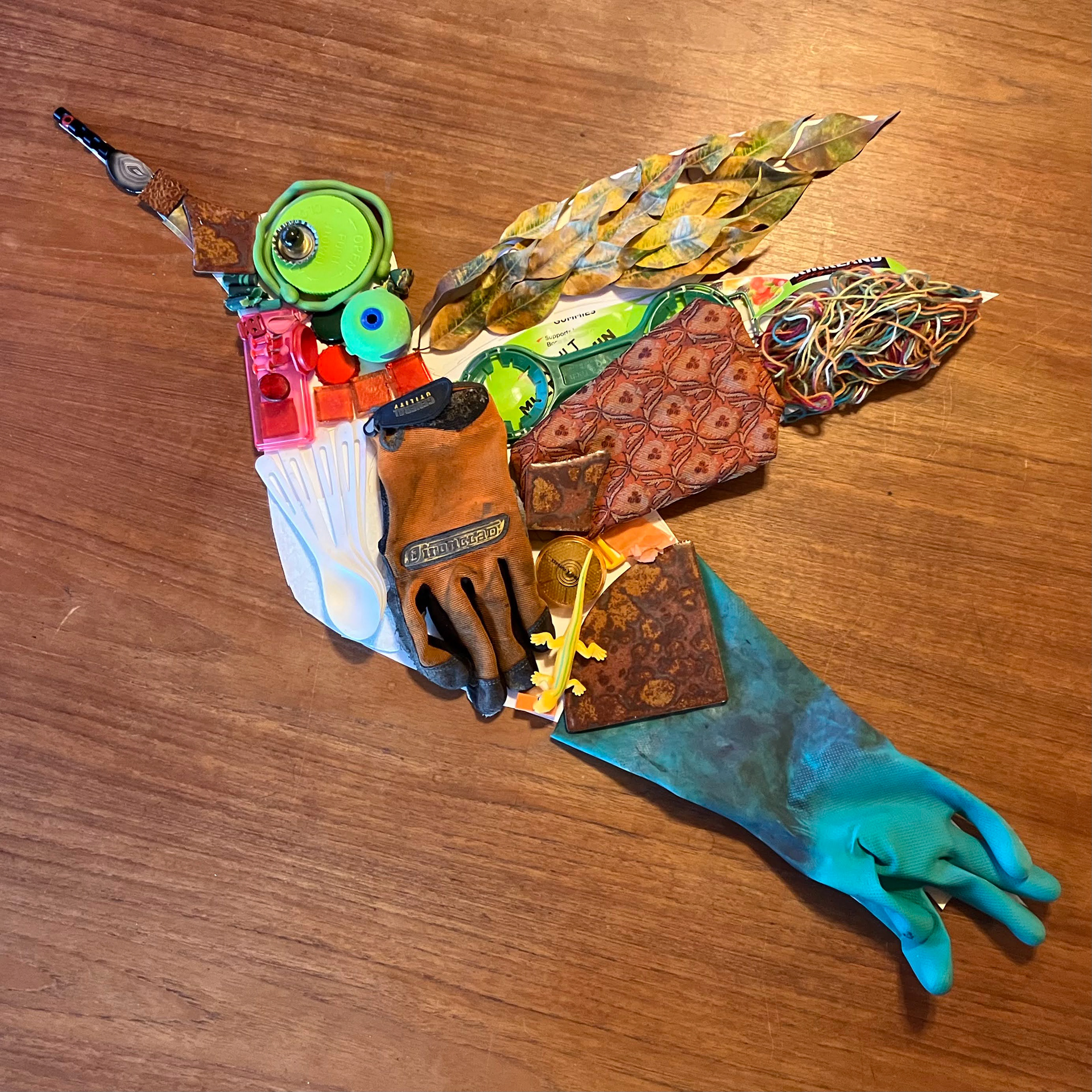
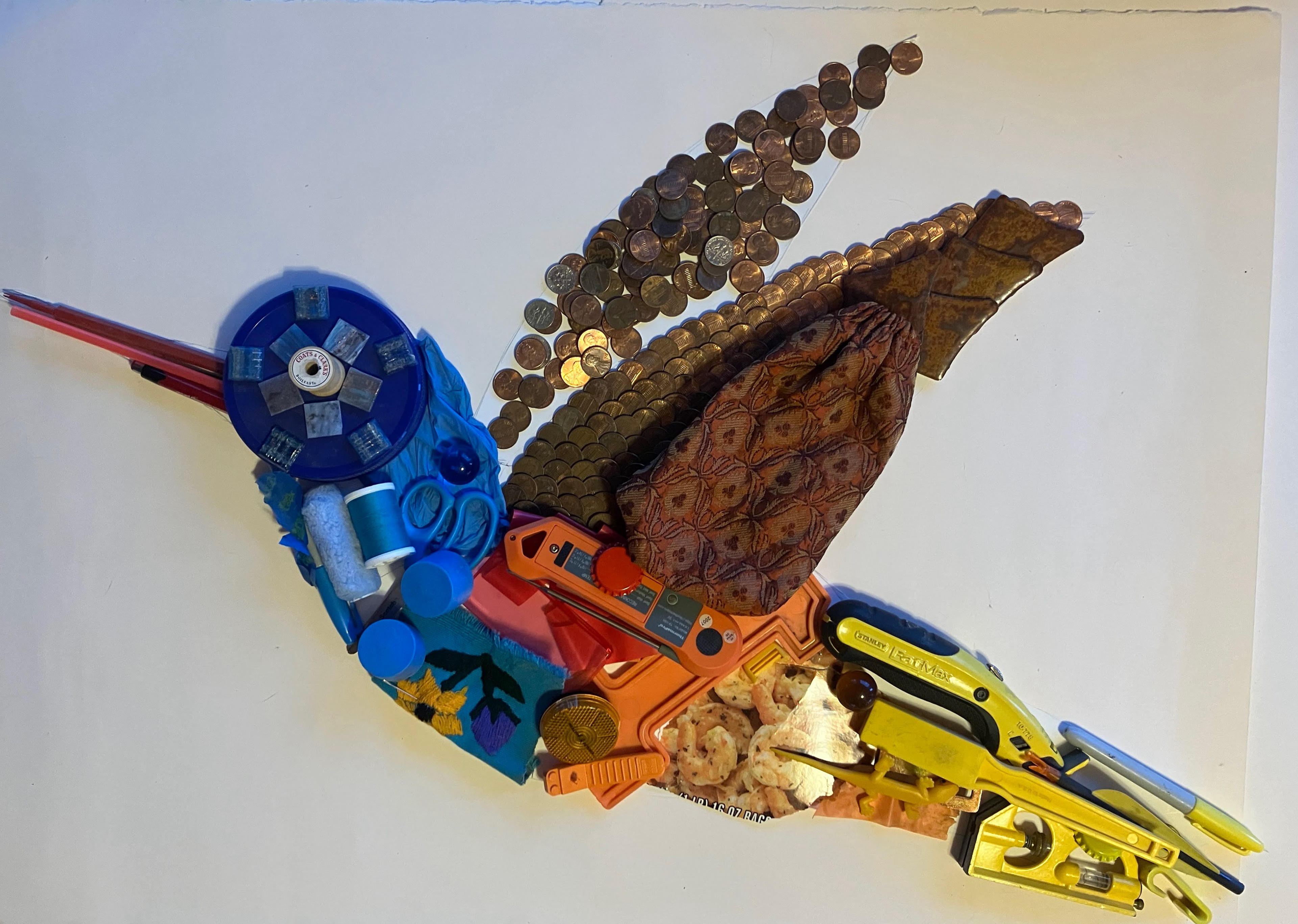
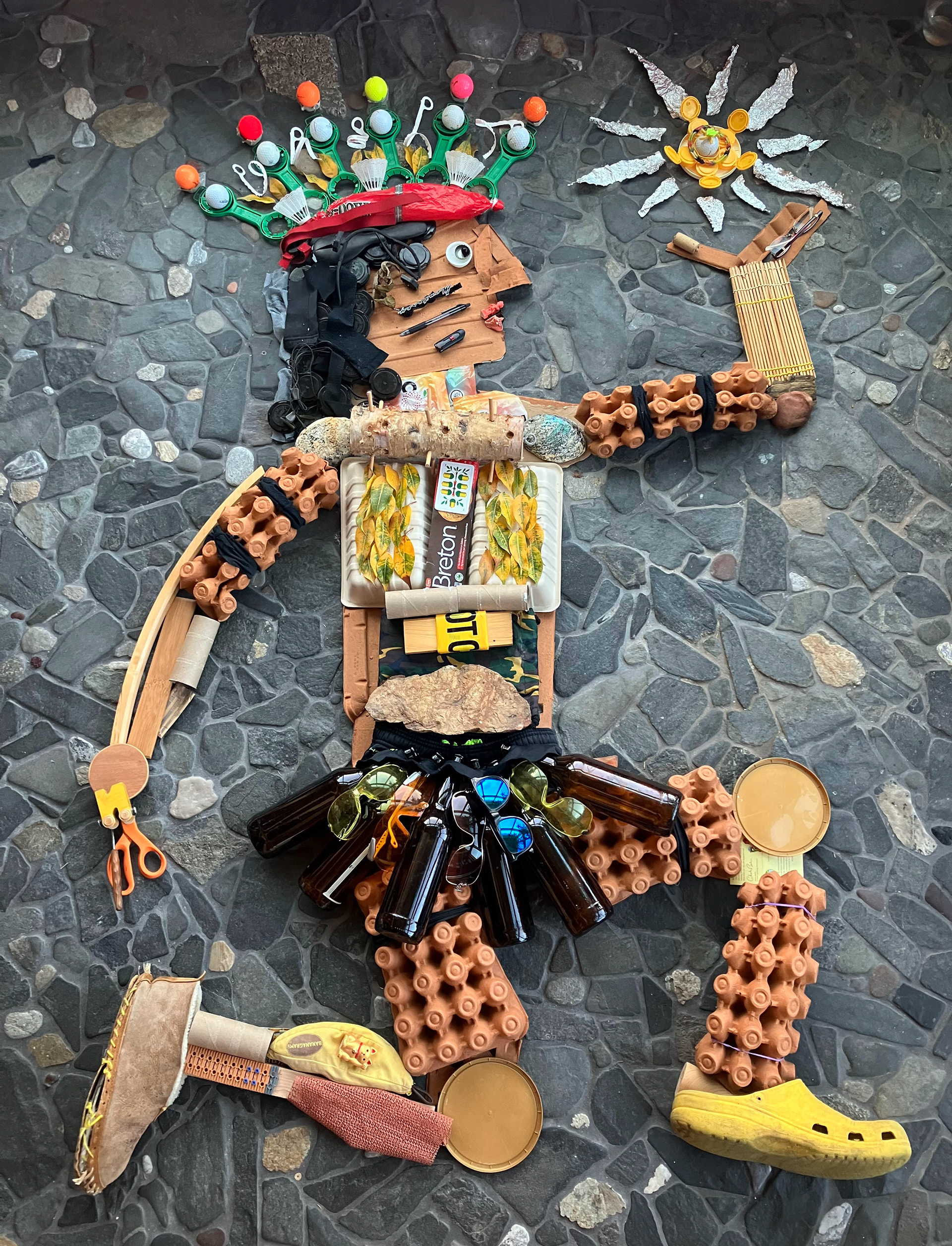
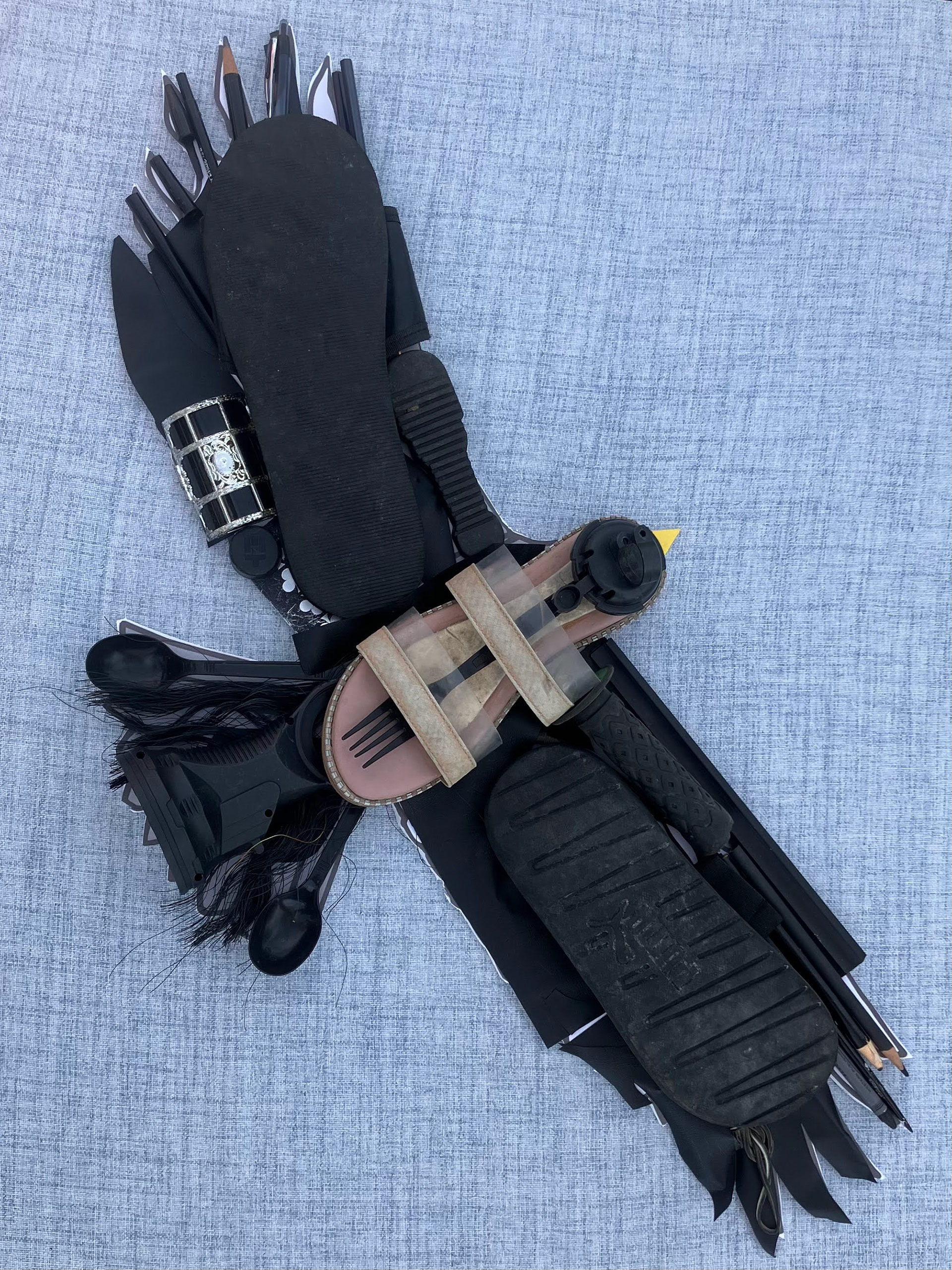
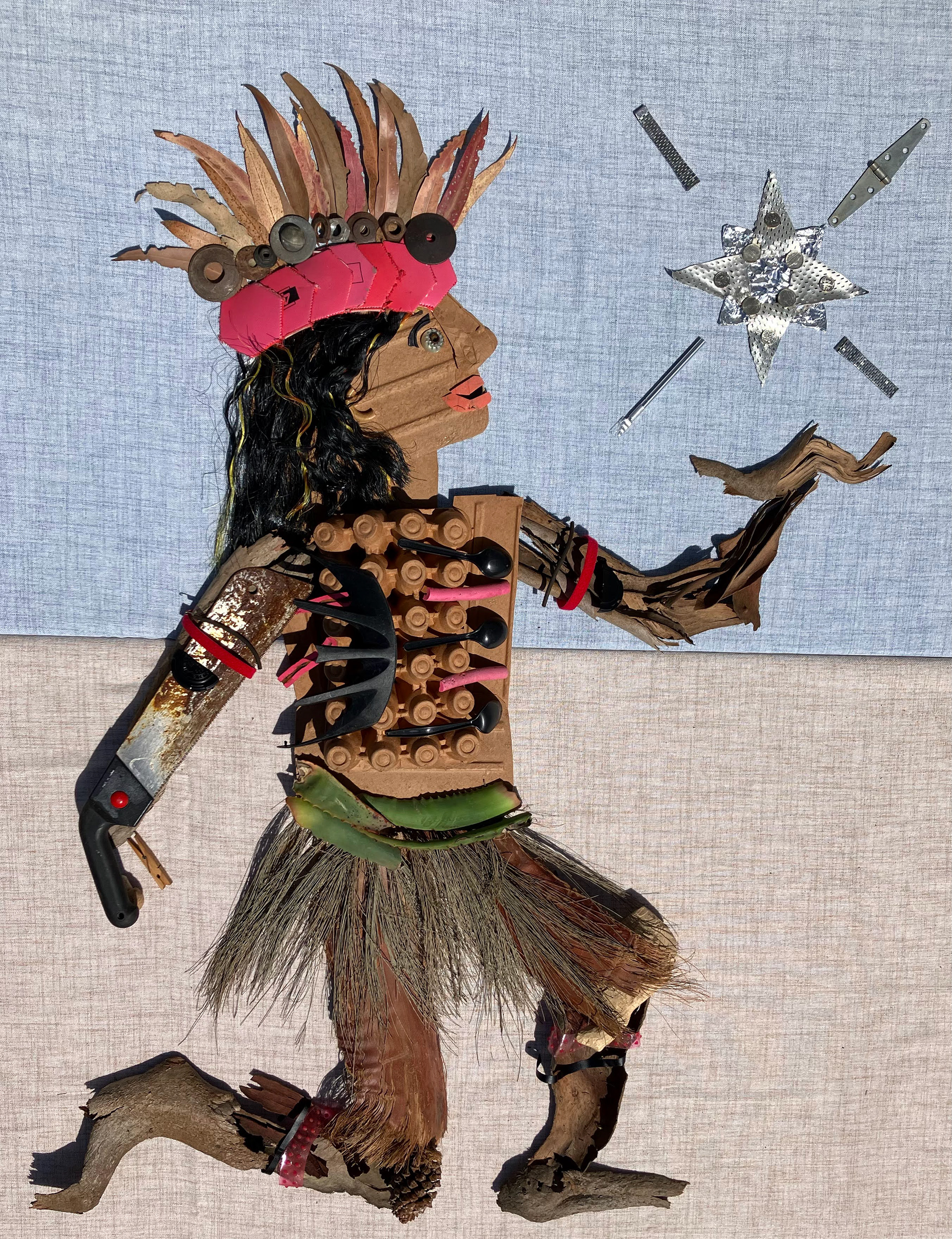
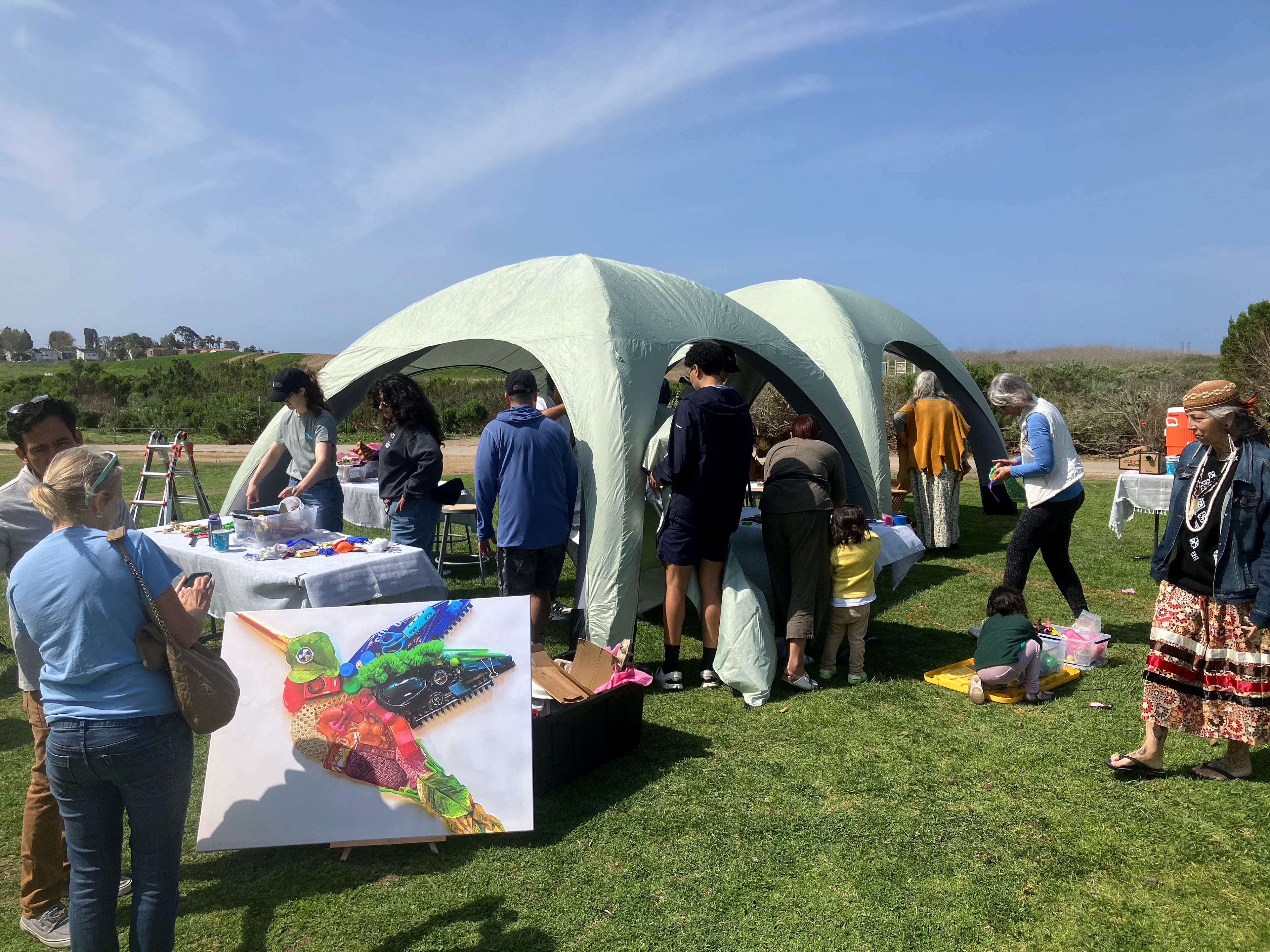
Our First pop-up art workshop in Costa Mesa
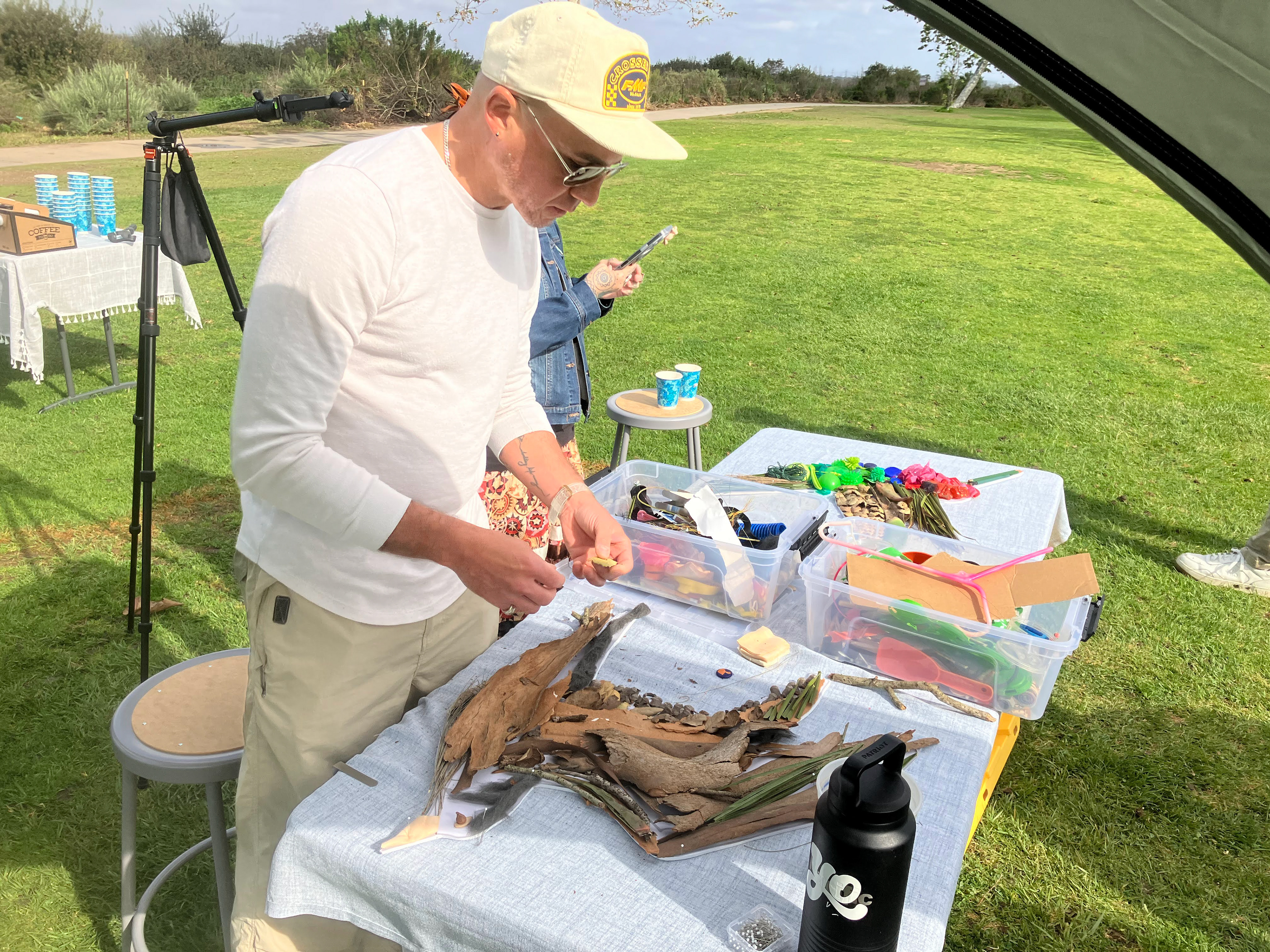
Tommy Martinez builds a snowy plover
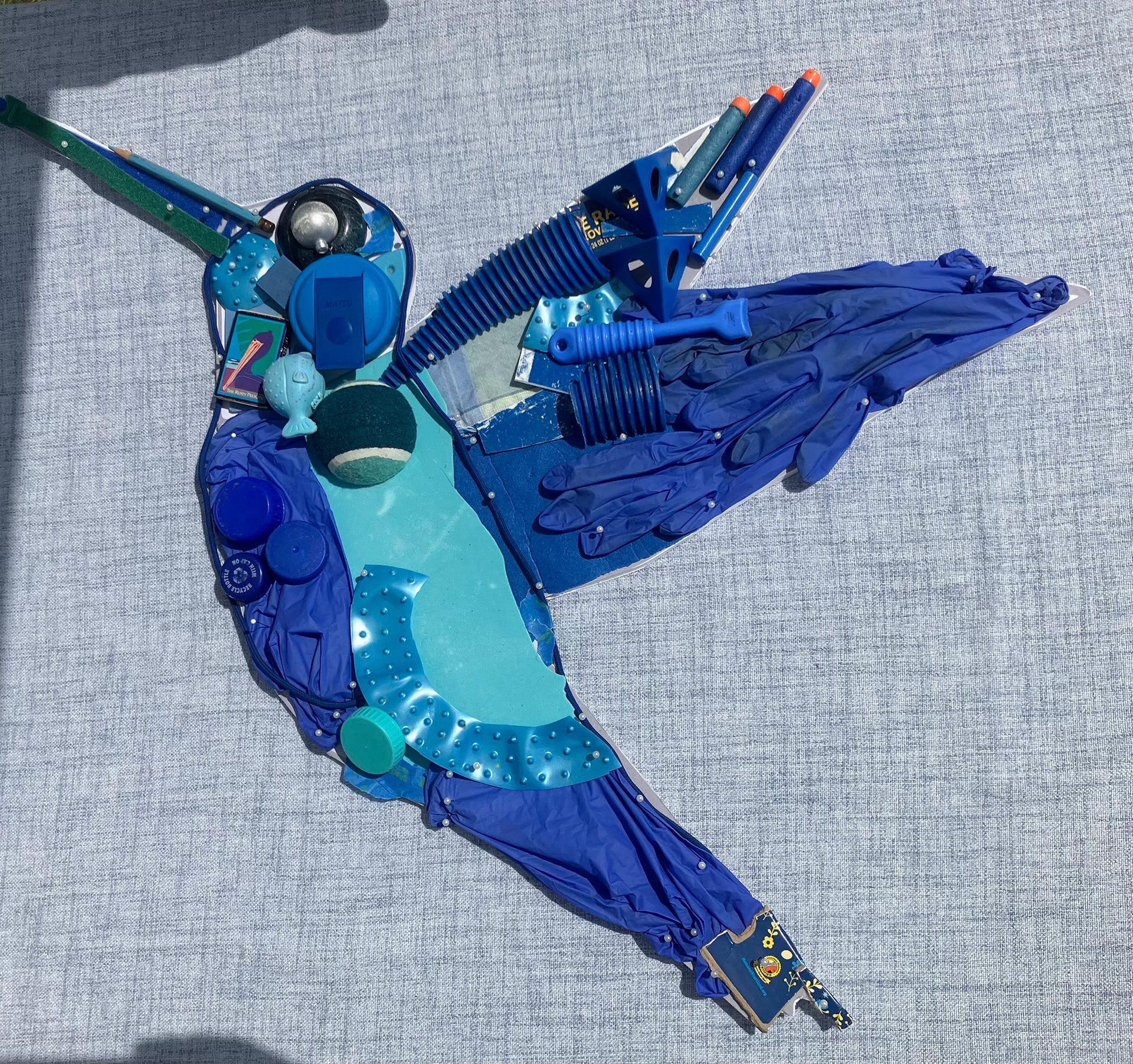
Hummingbird in blue by Cory Babos
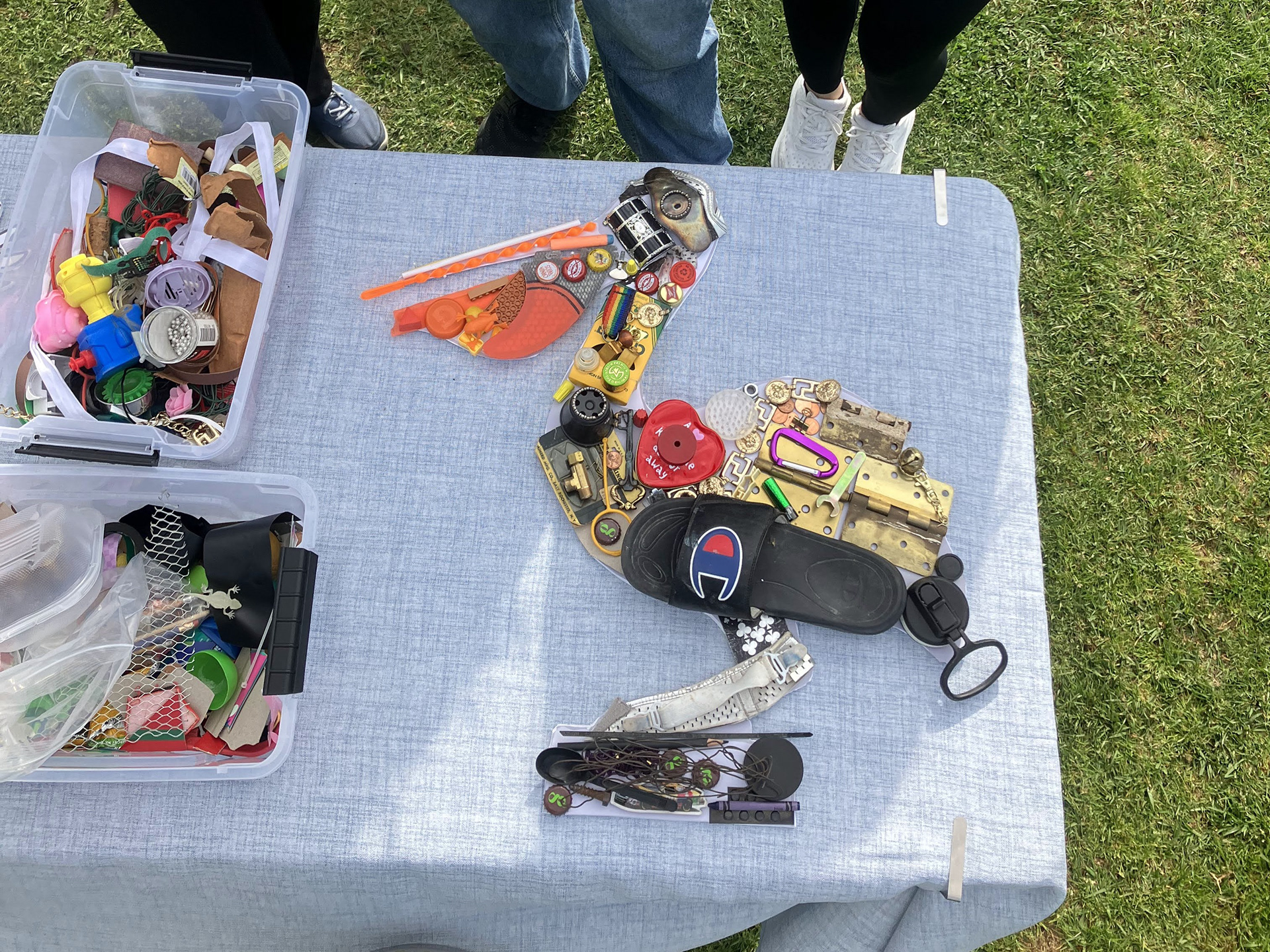
Pelican by three awesome volunteers
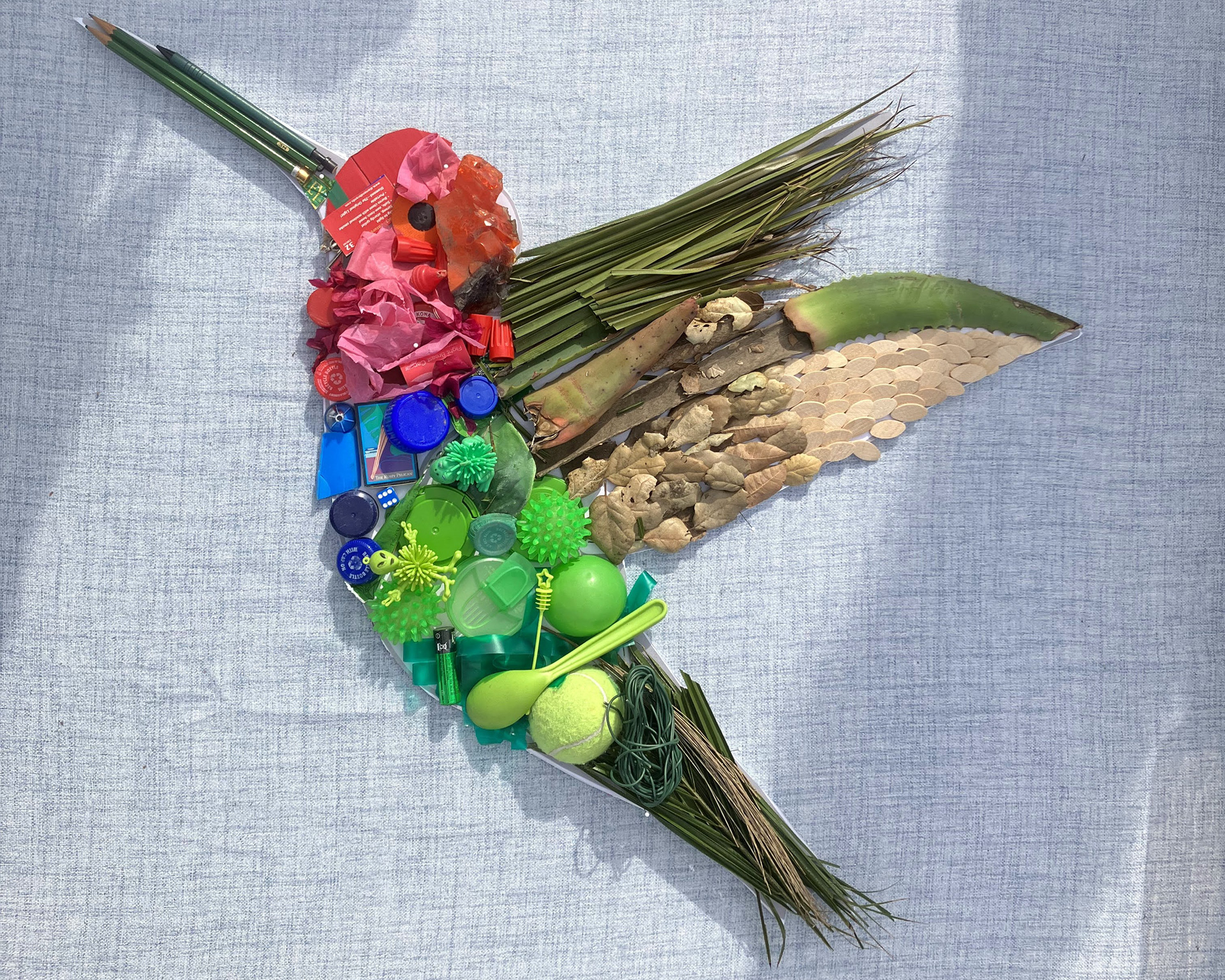
Hummingbird by three Acjachemen elders
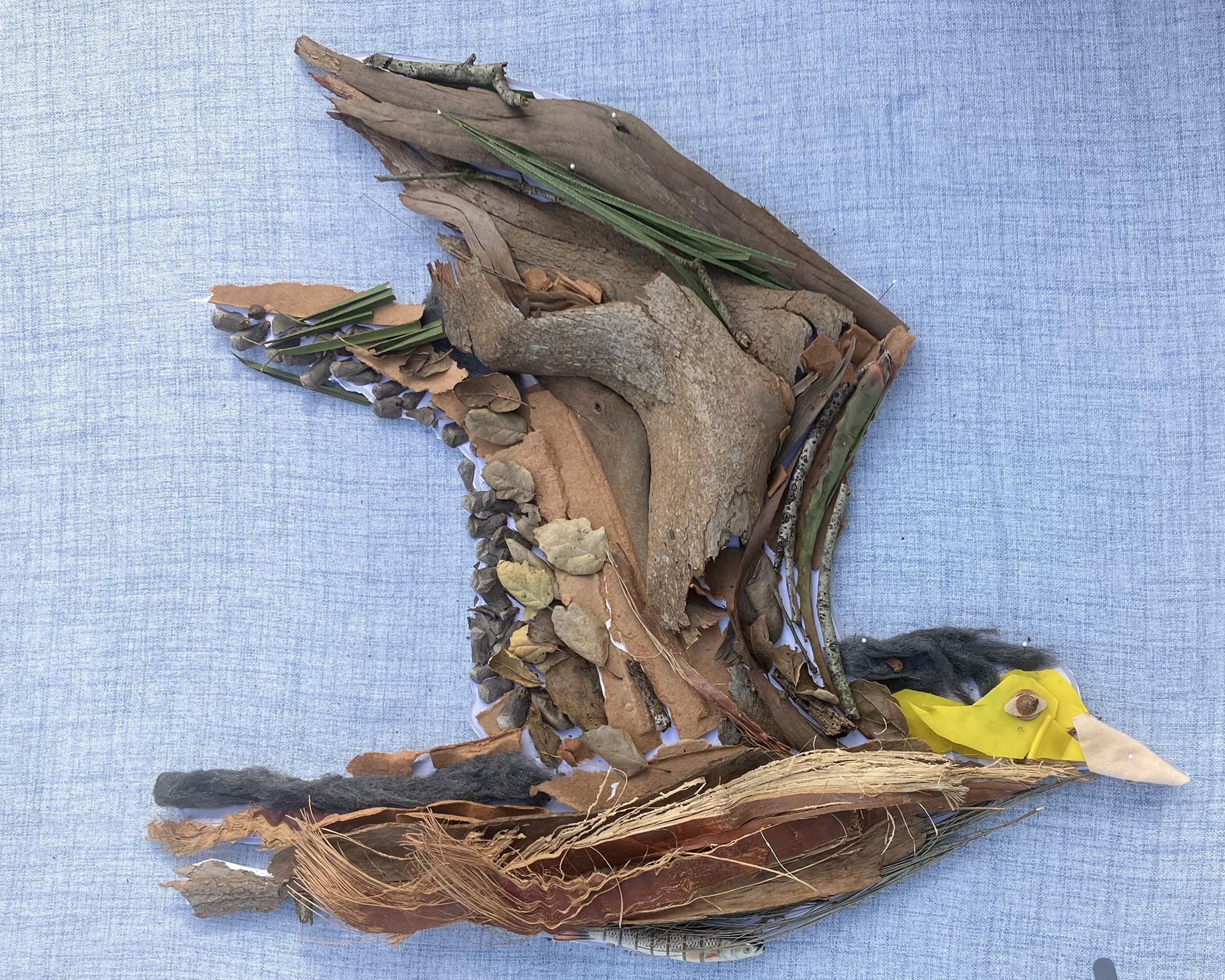
Snowy Plover by Tommy Martinez
I made some short videos and side-by side comparison images, thinking all the while about what kind of engagement I wanted other people to have with my artwork.
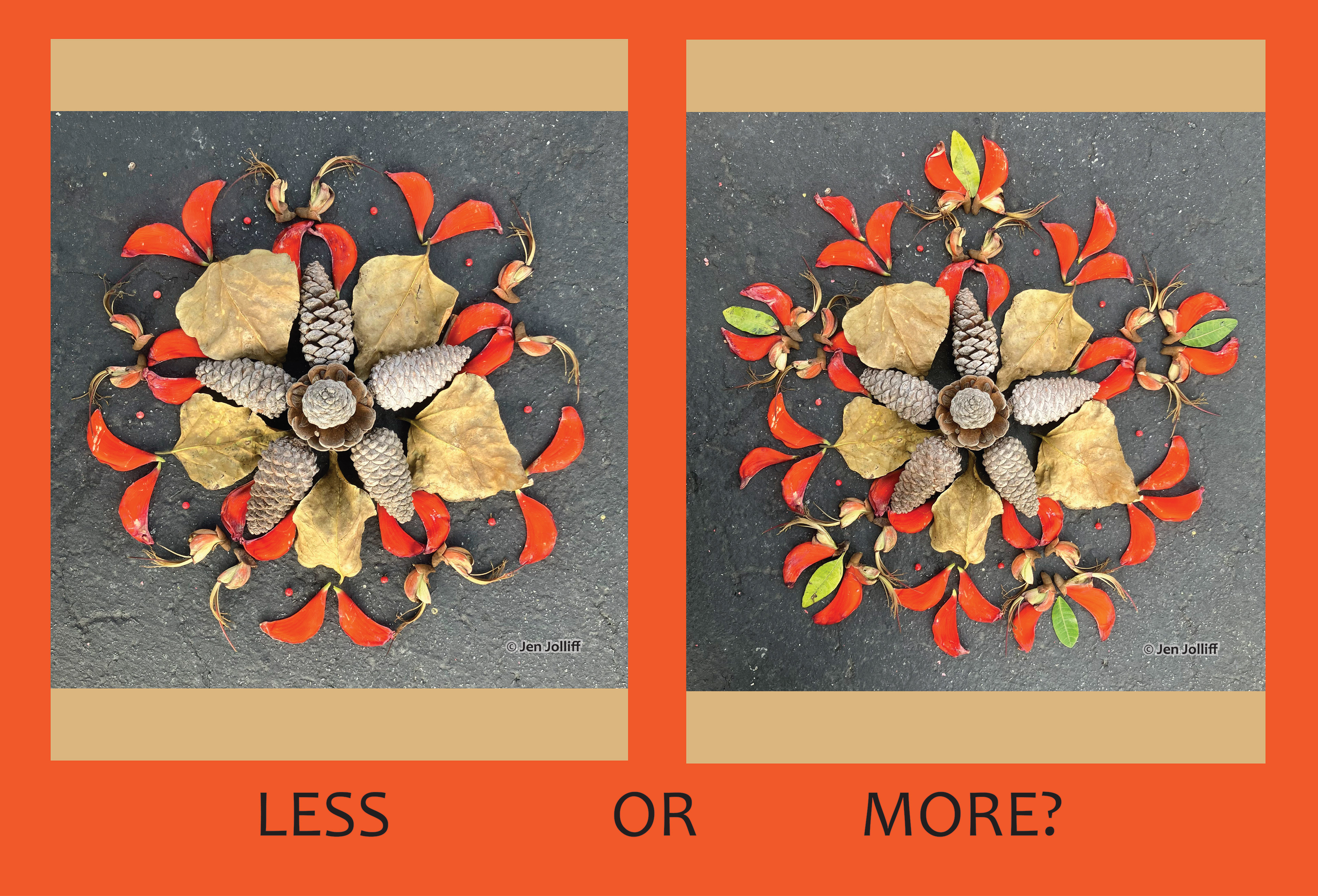
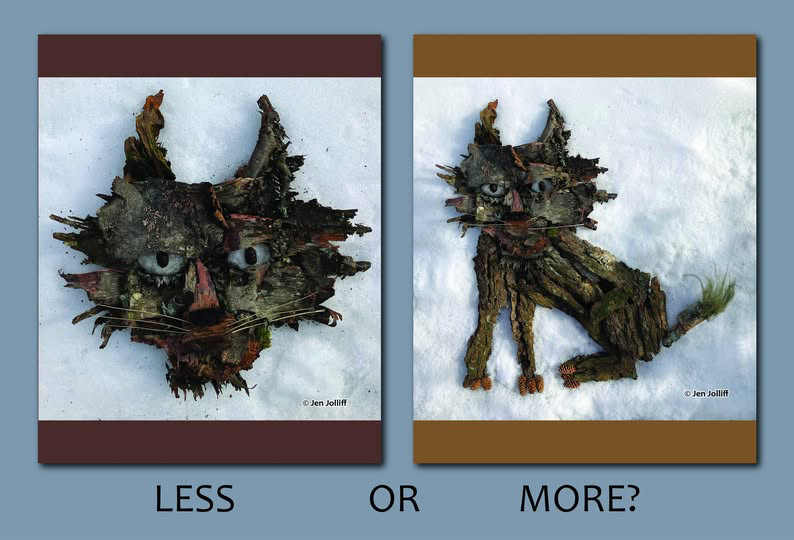
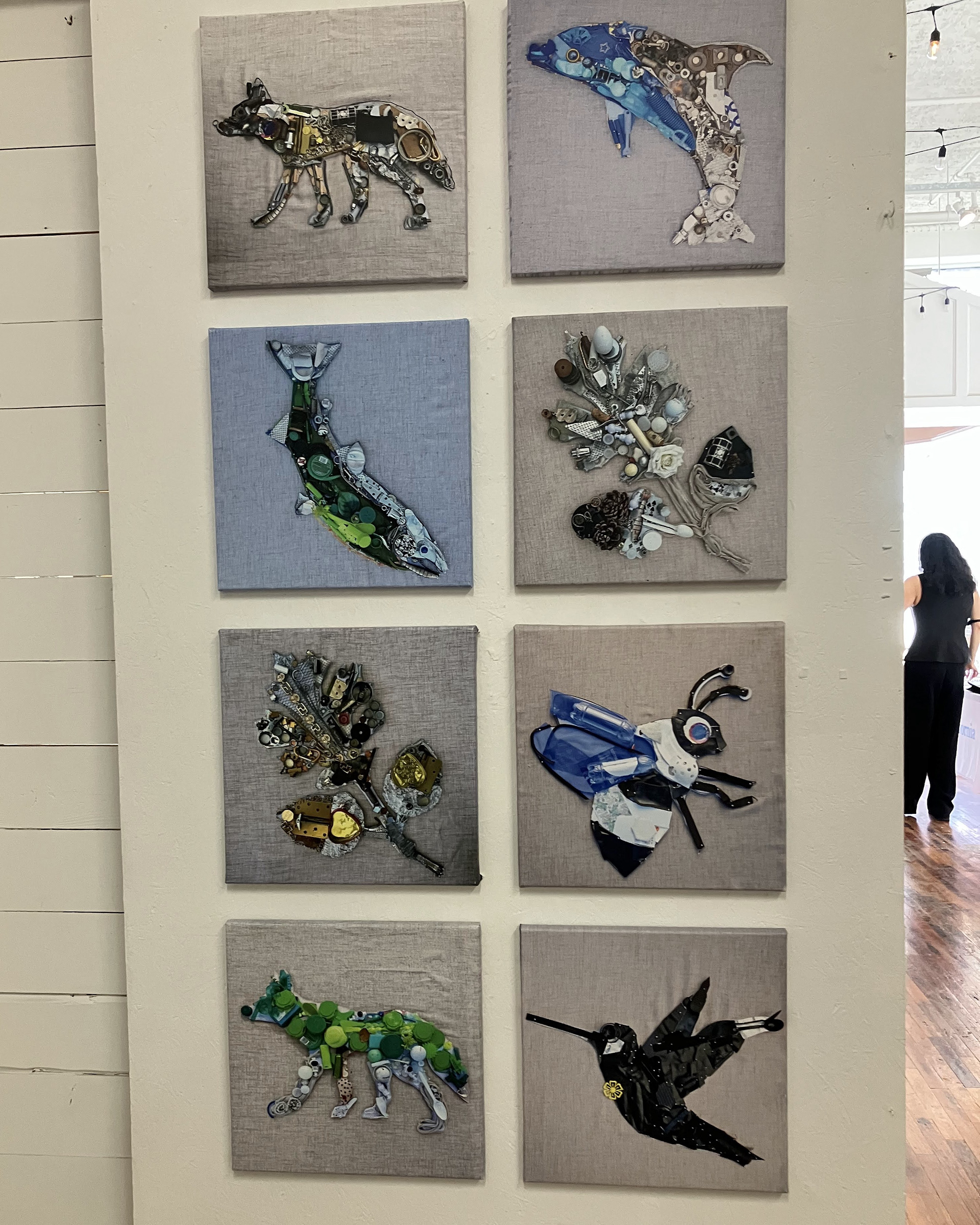
Metalic grouping
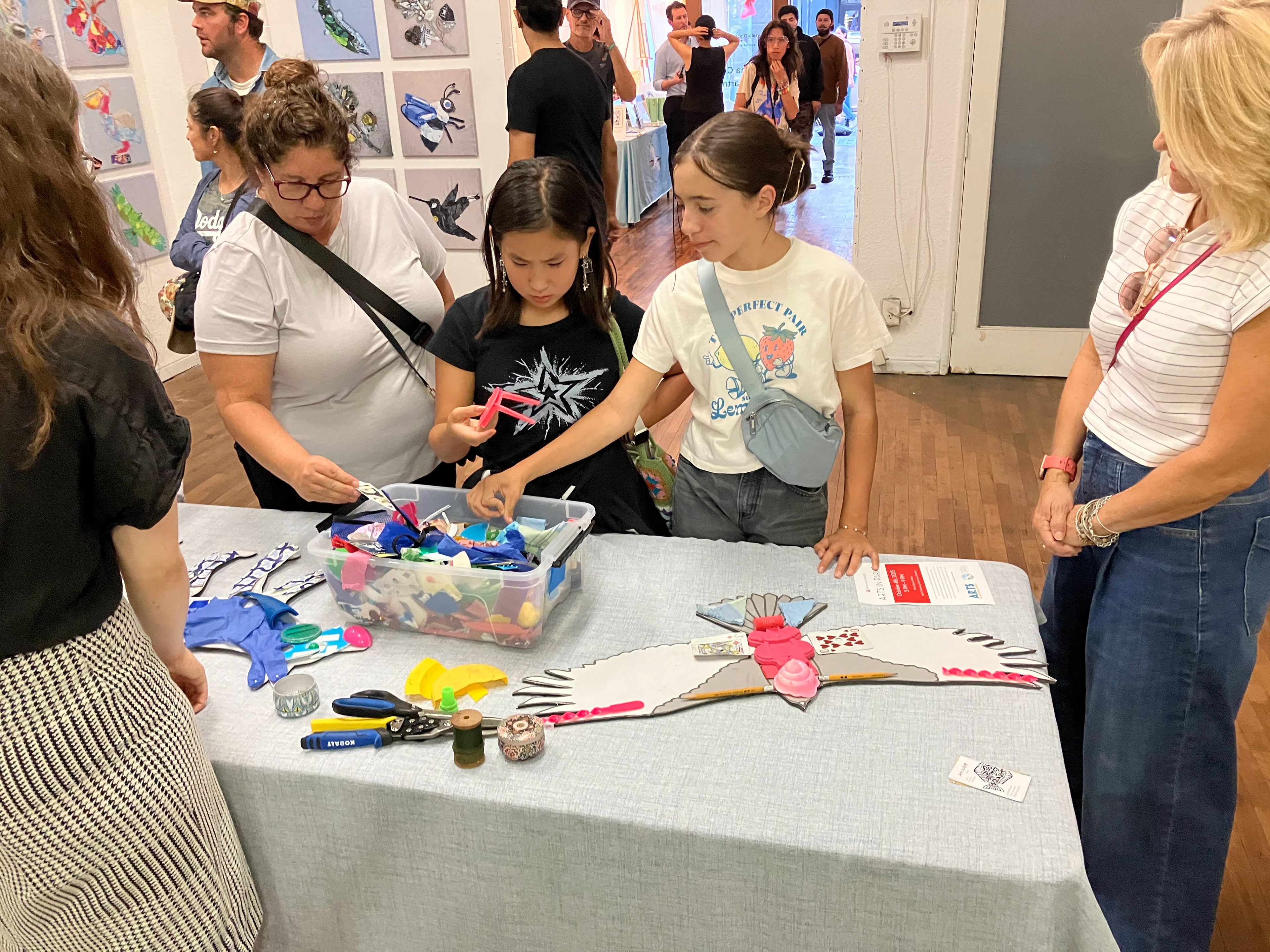
Hands-on with local artist Clair Lyle
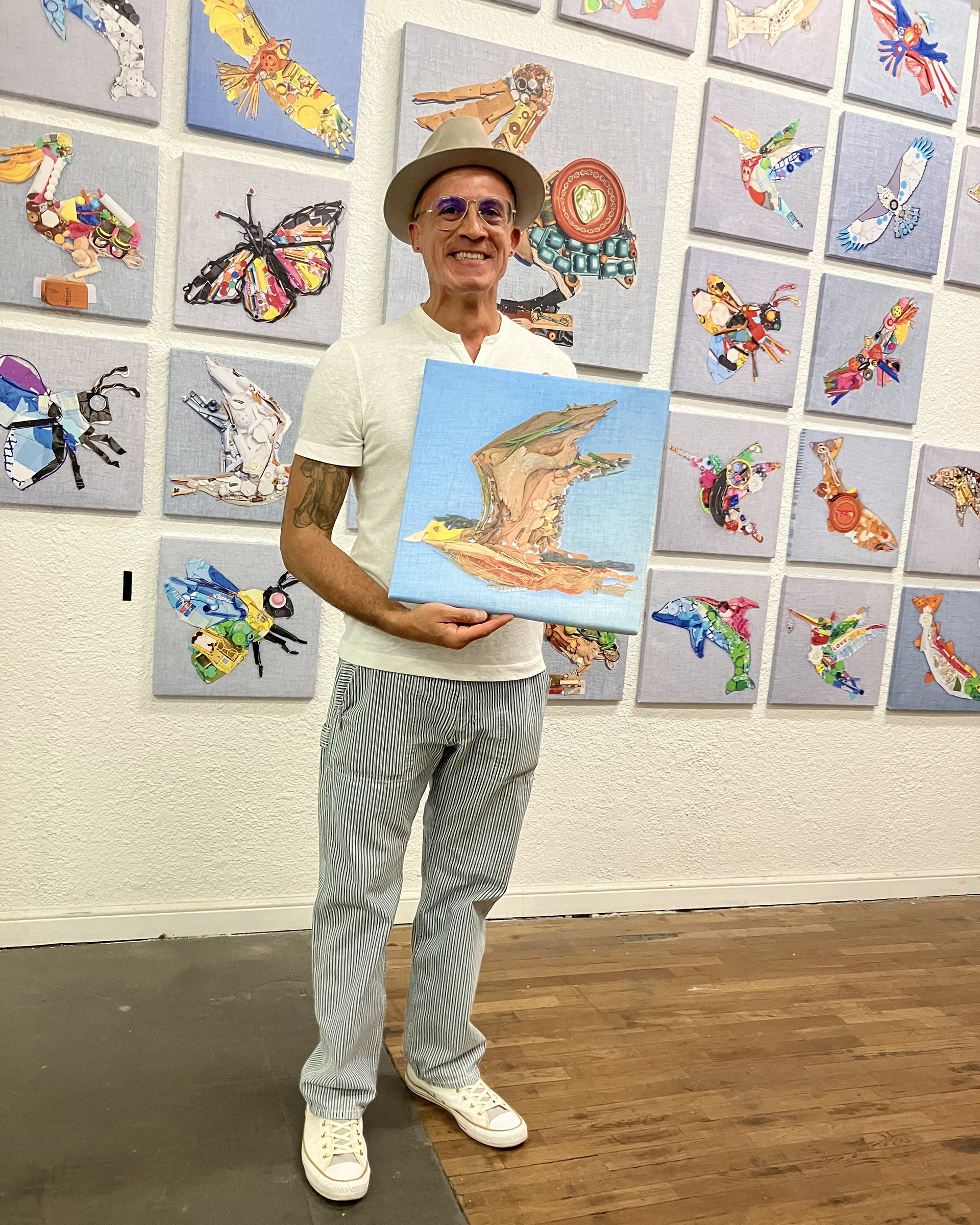
Tommy Martinez
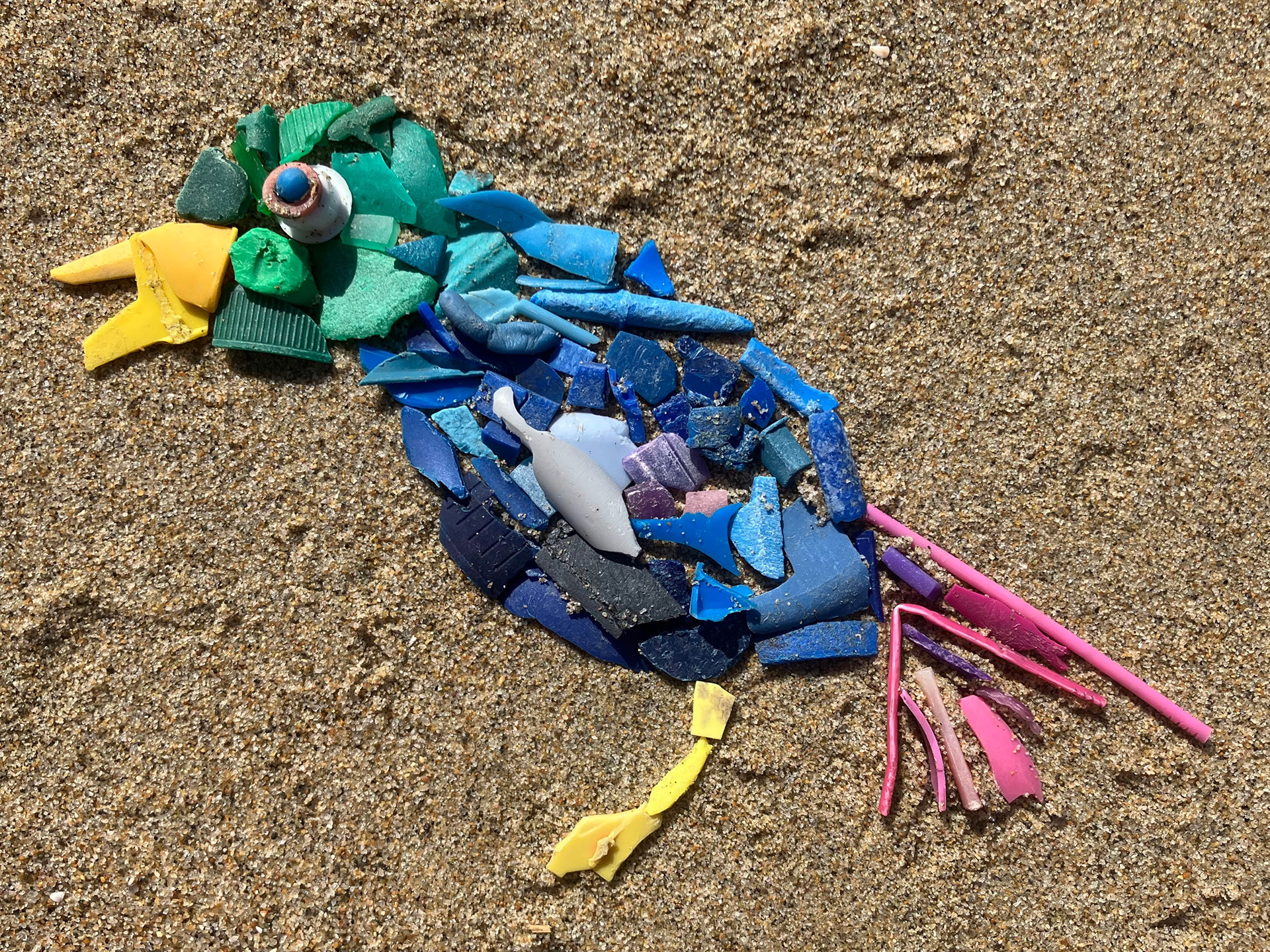
Micro-plastics on the beach.
